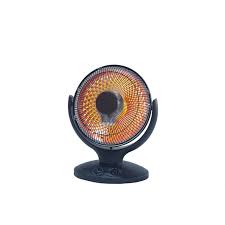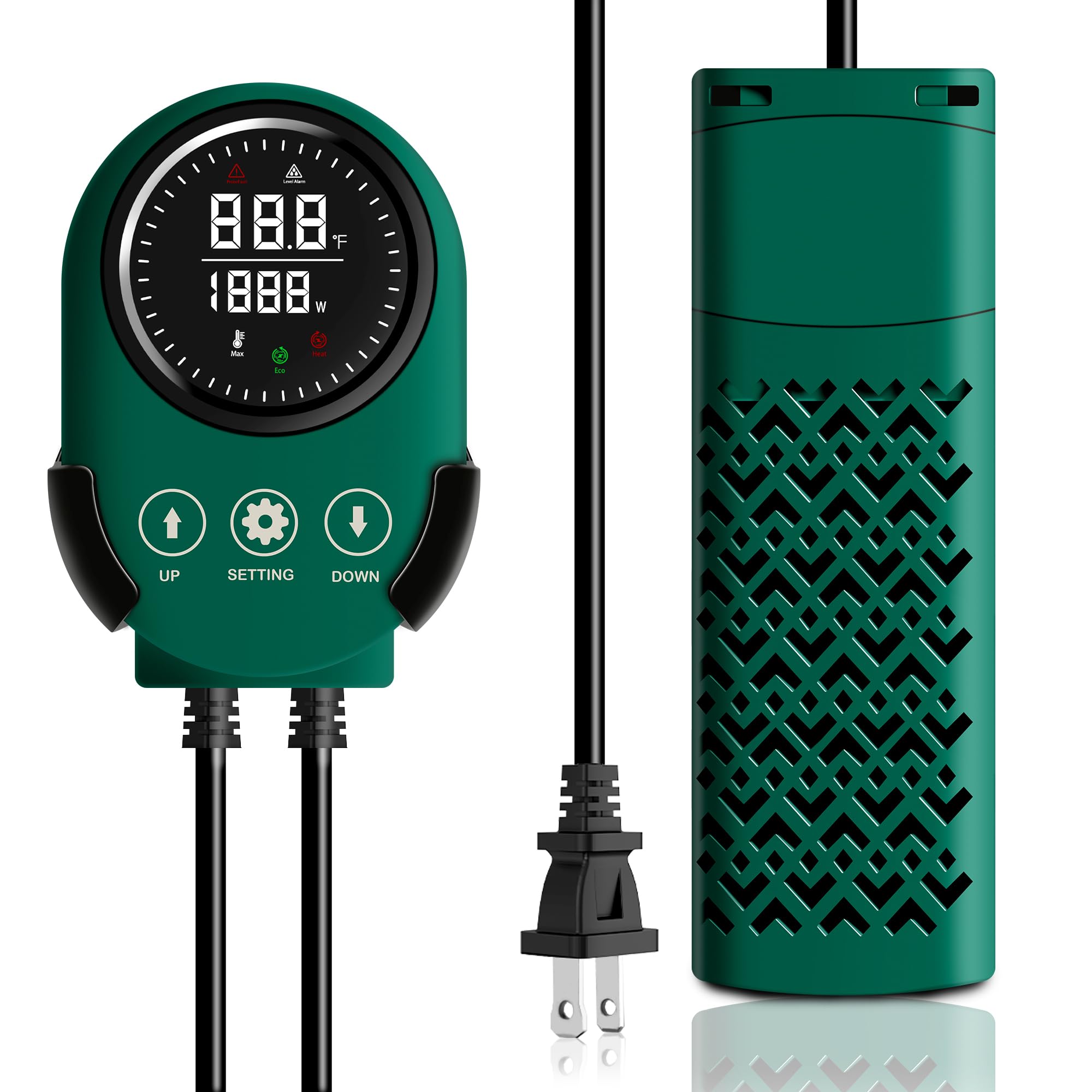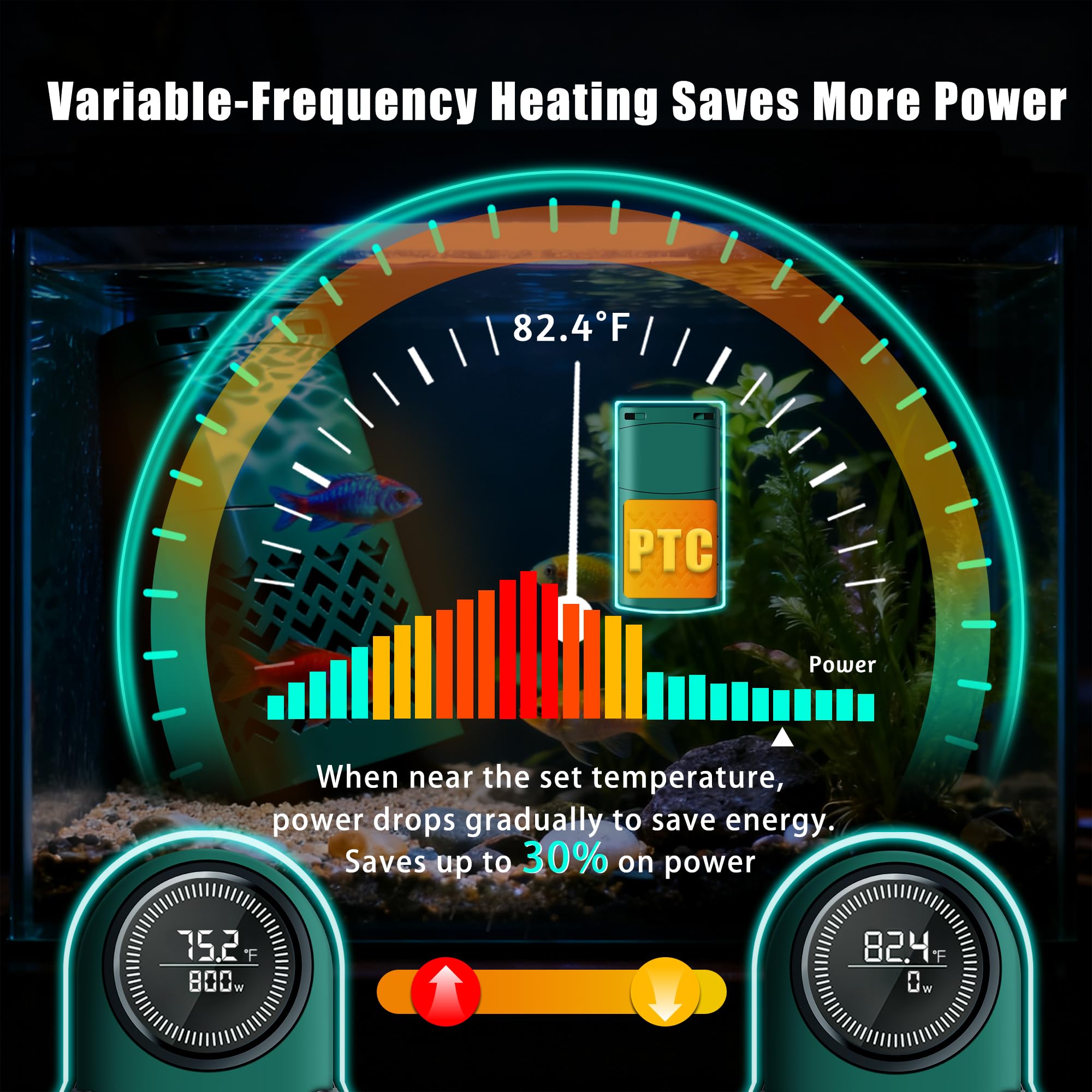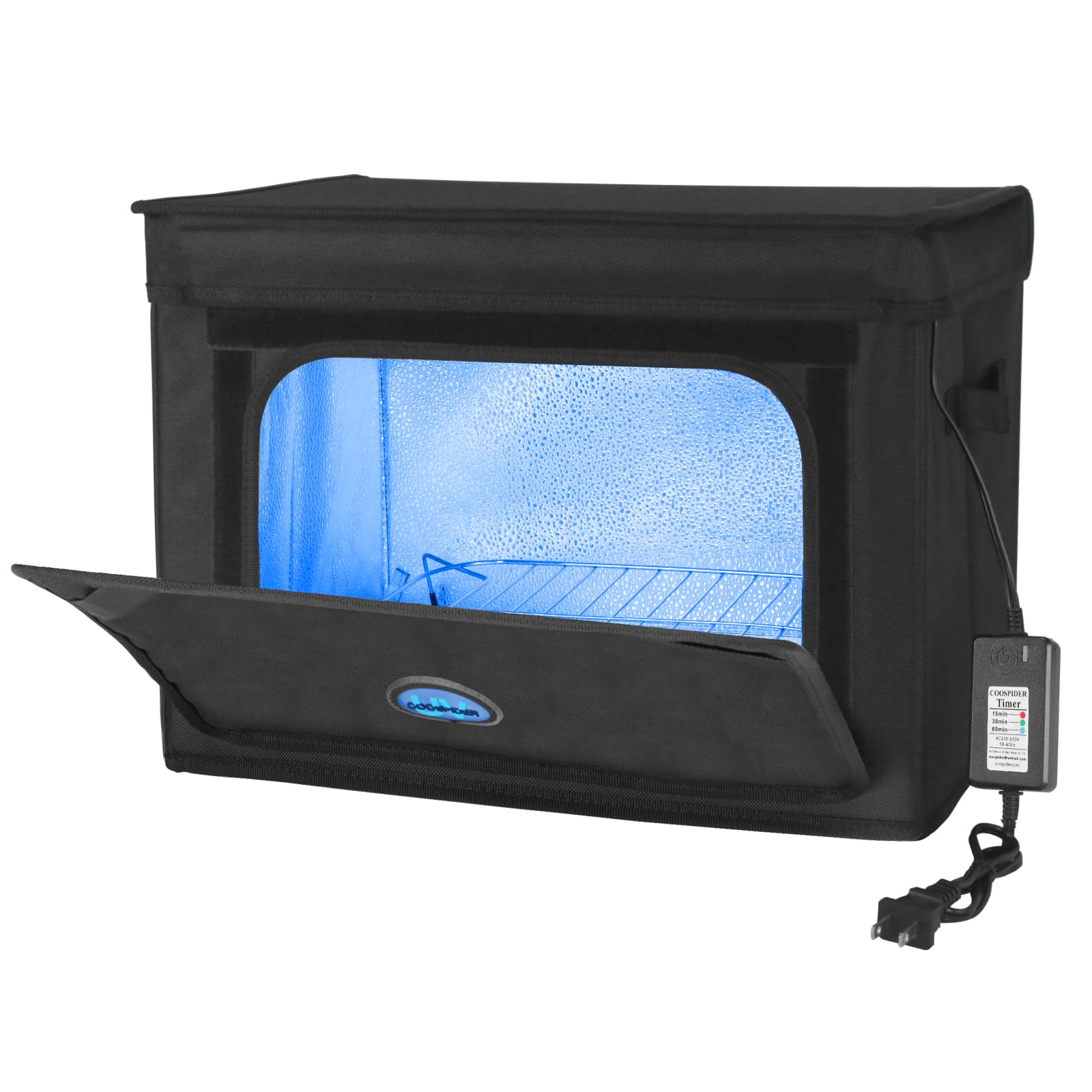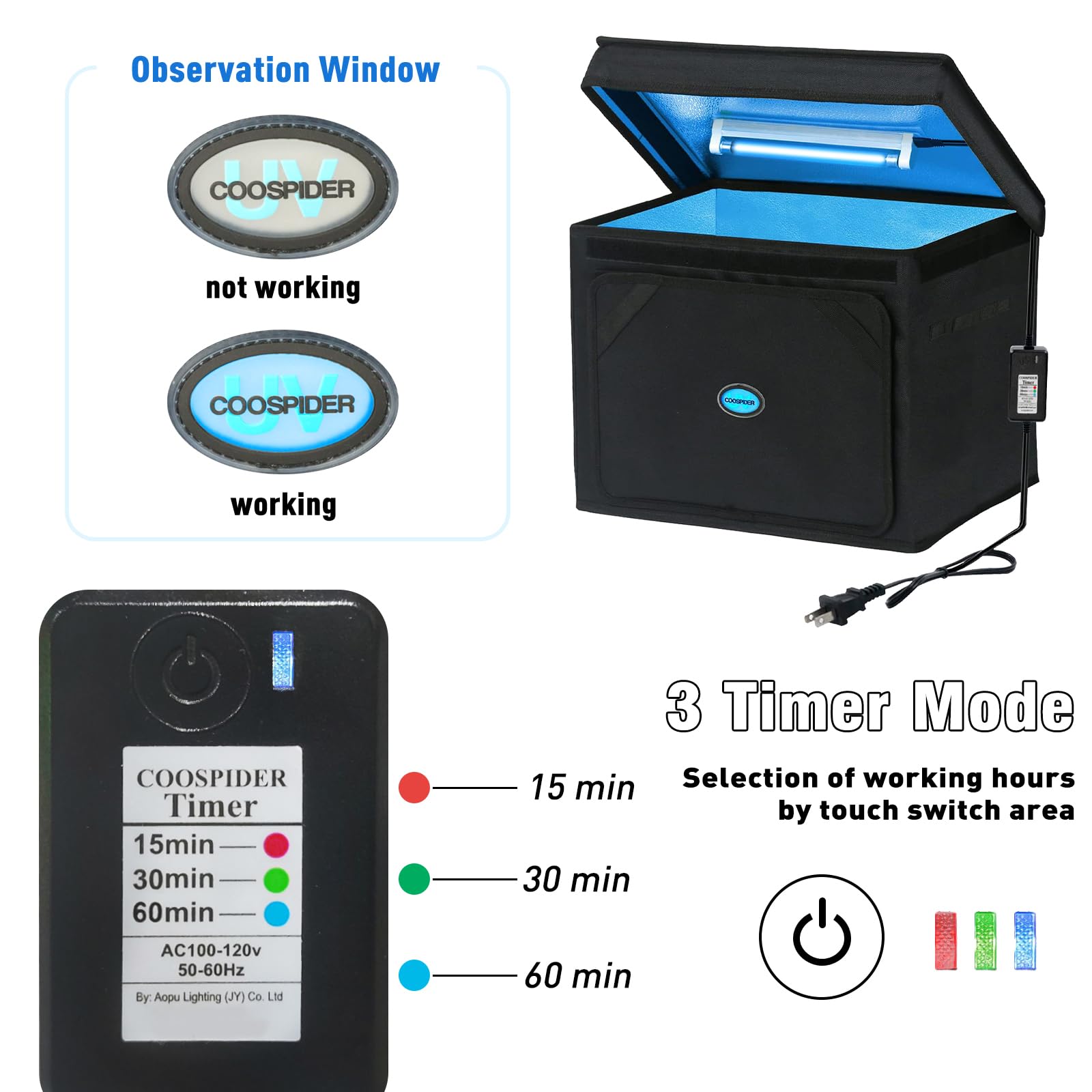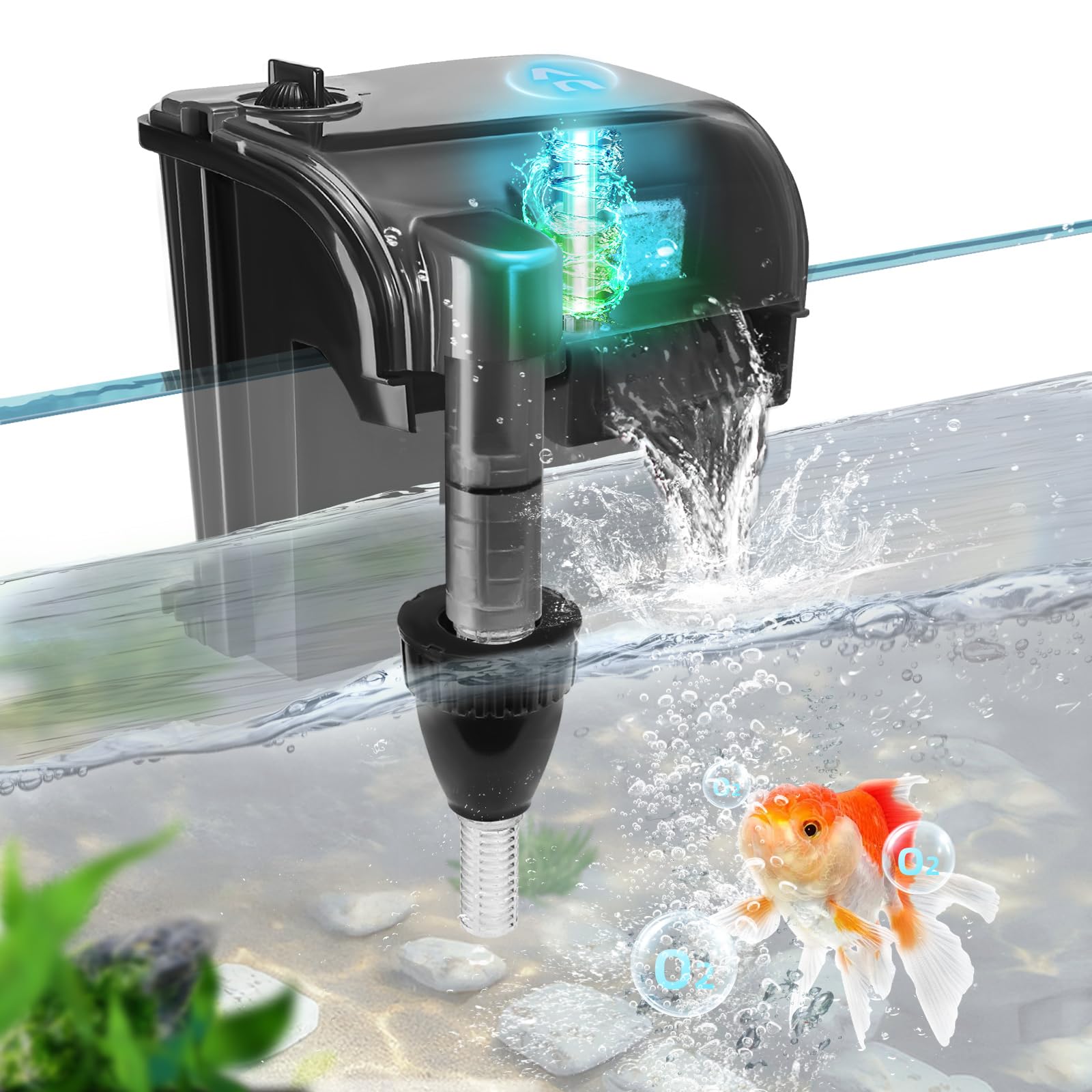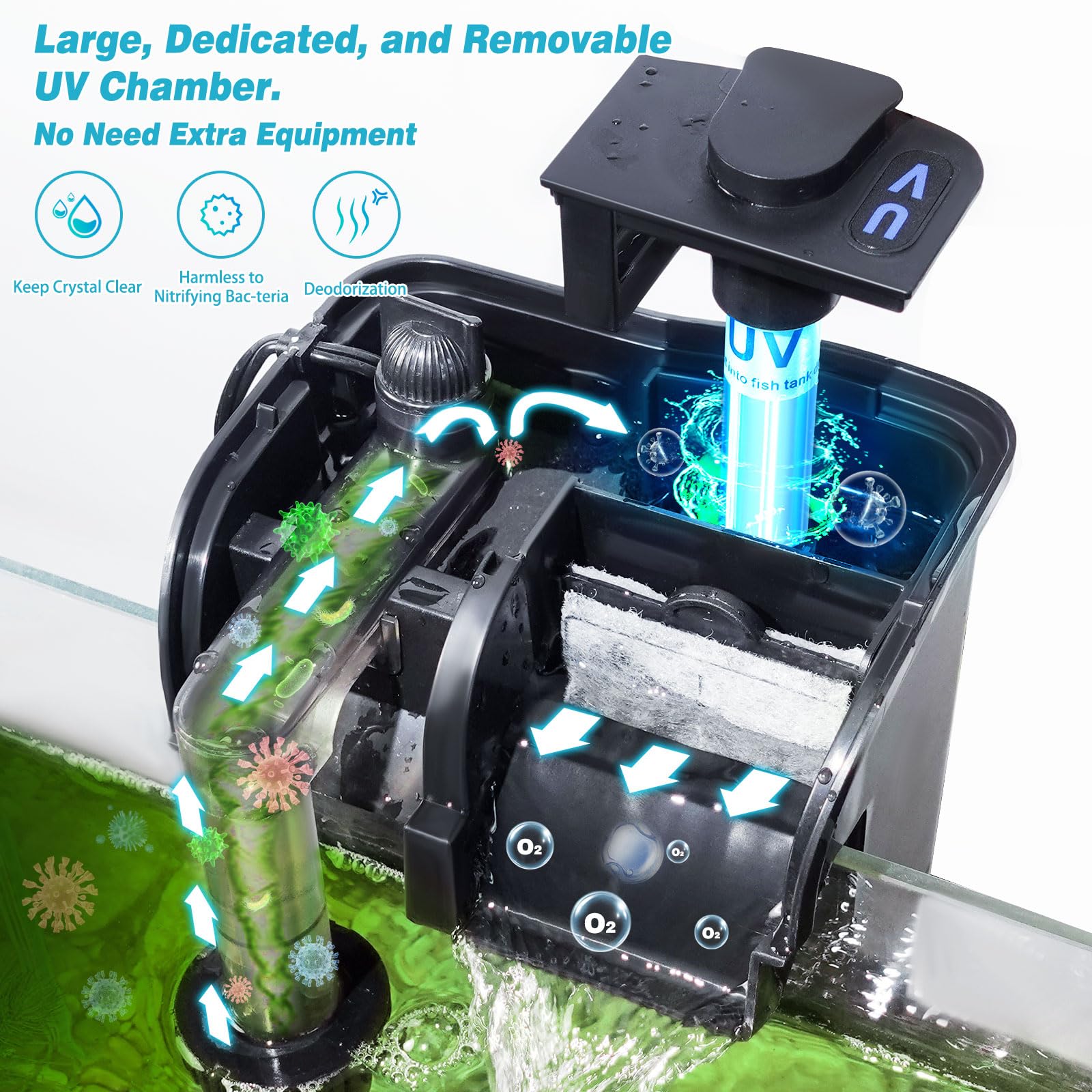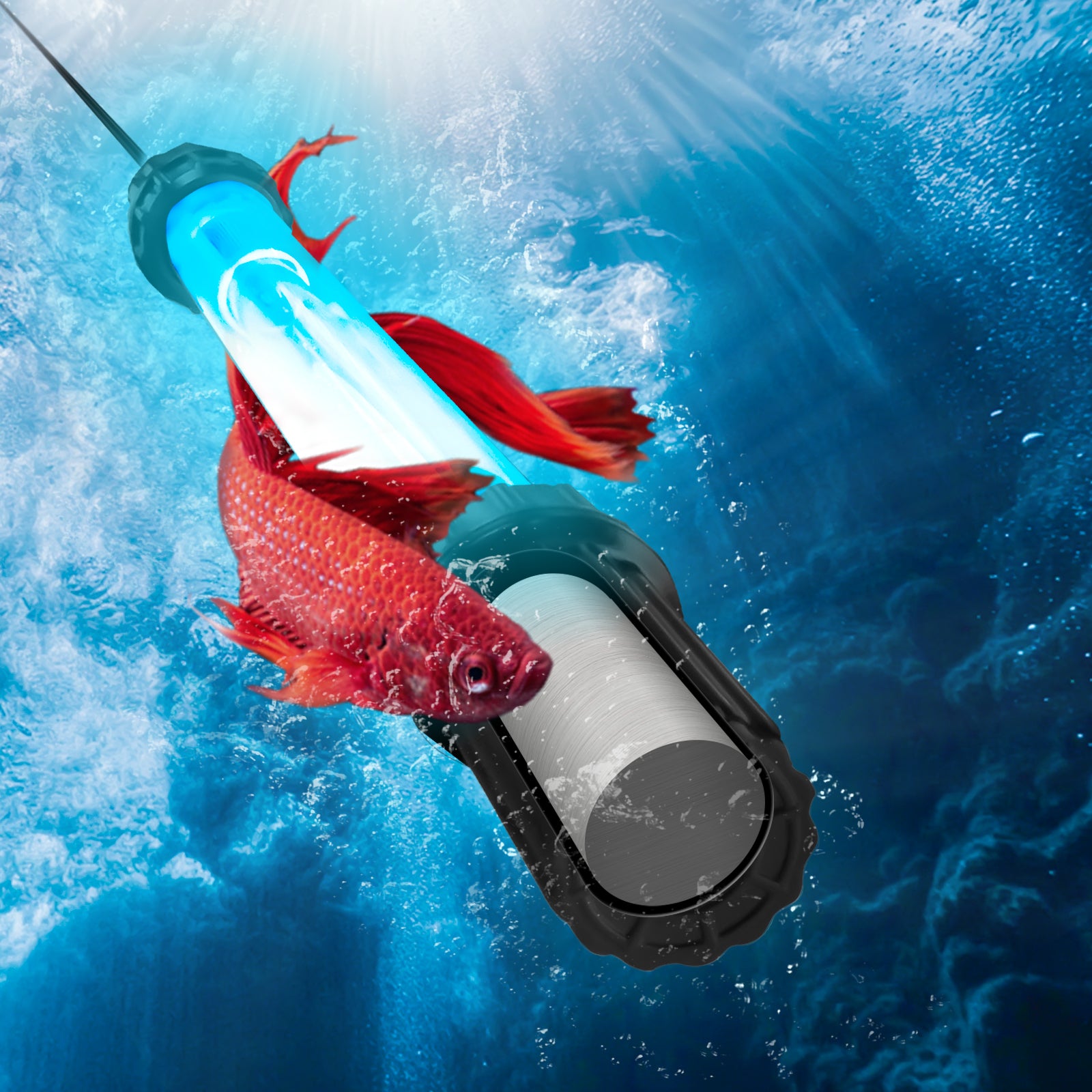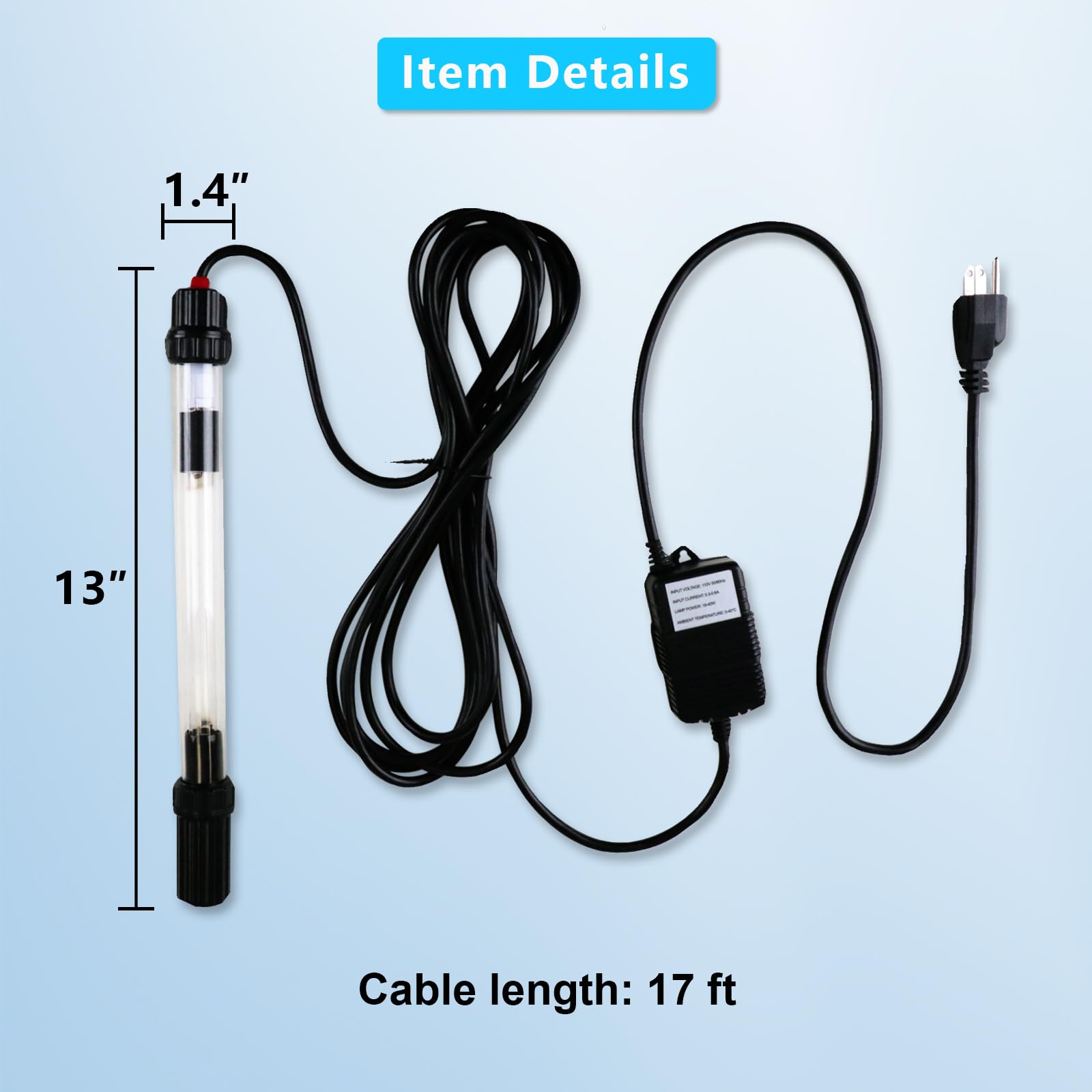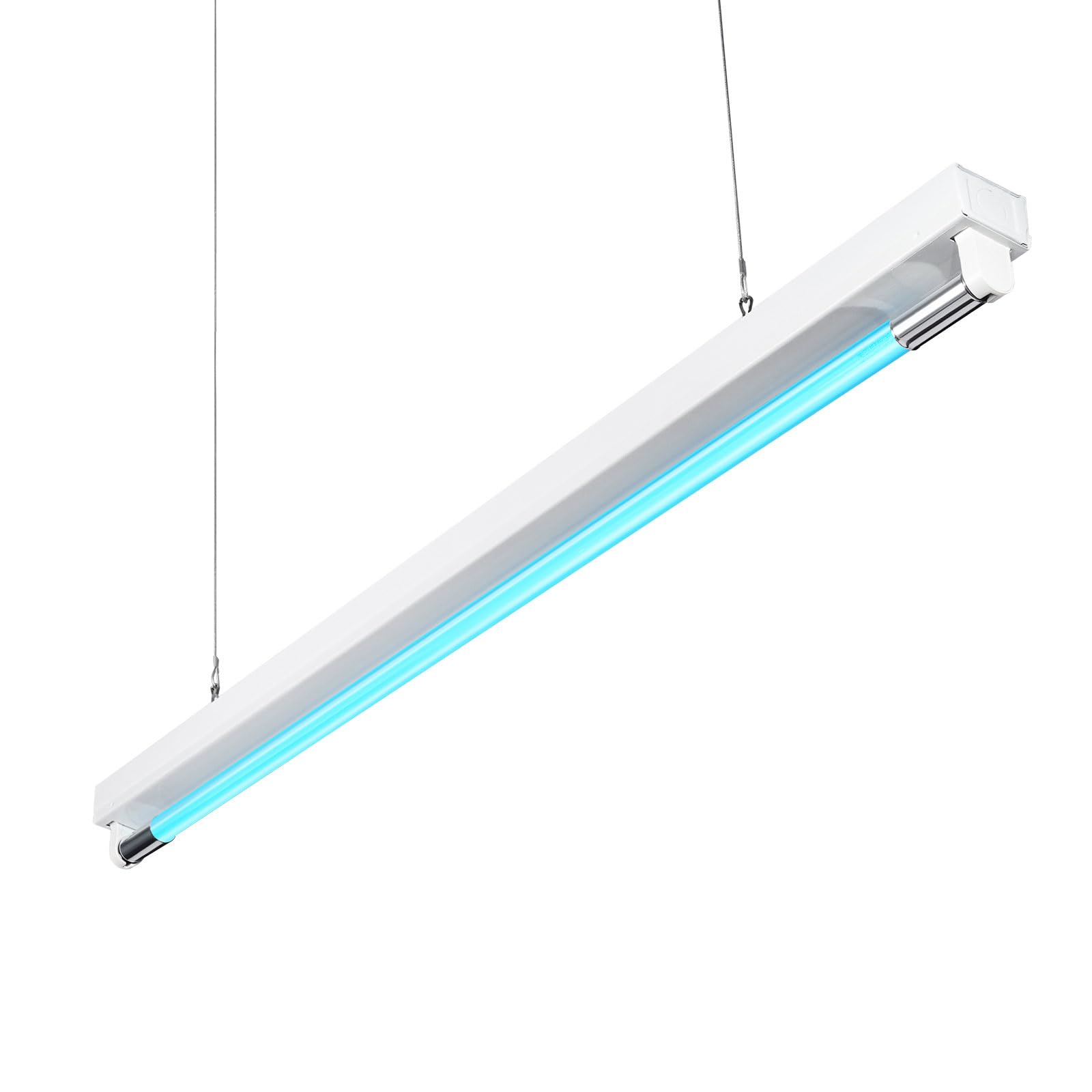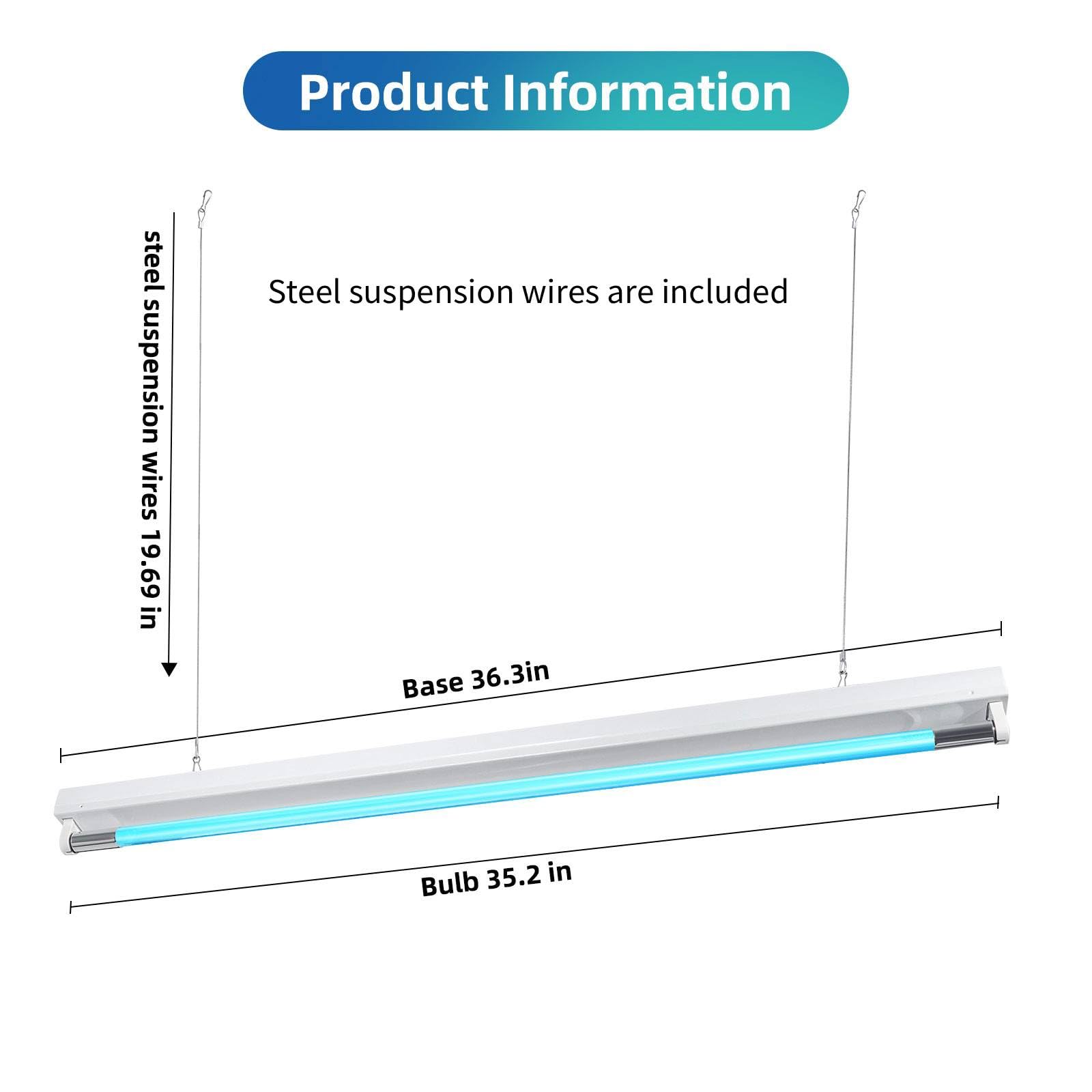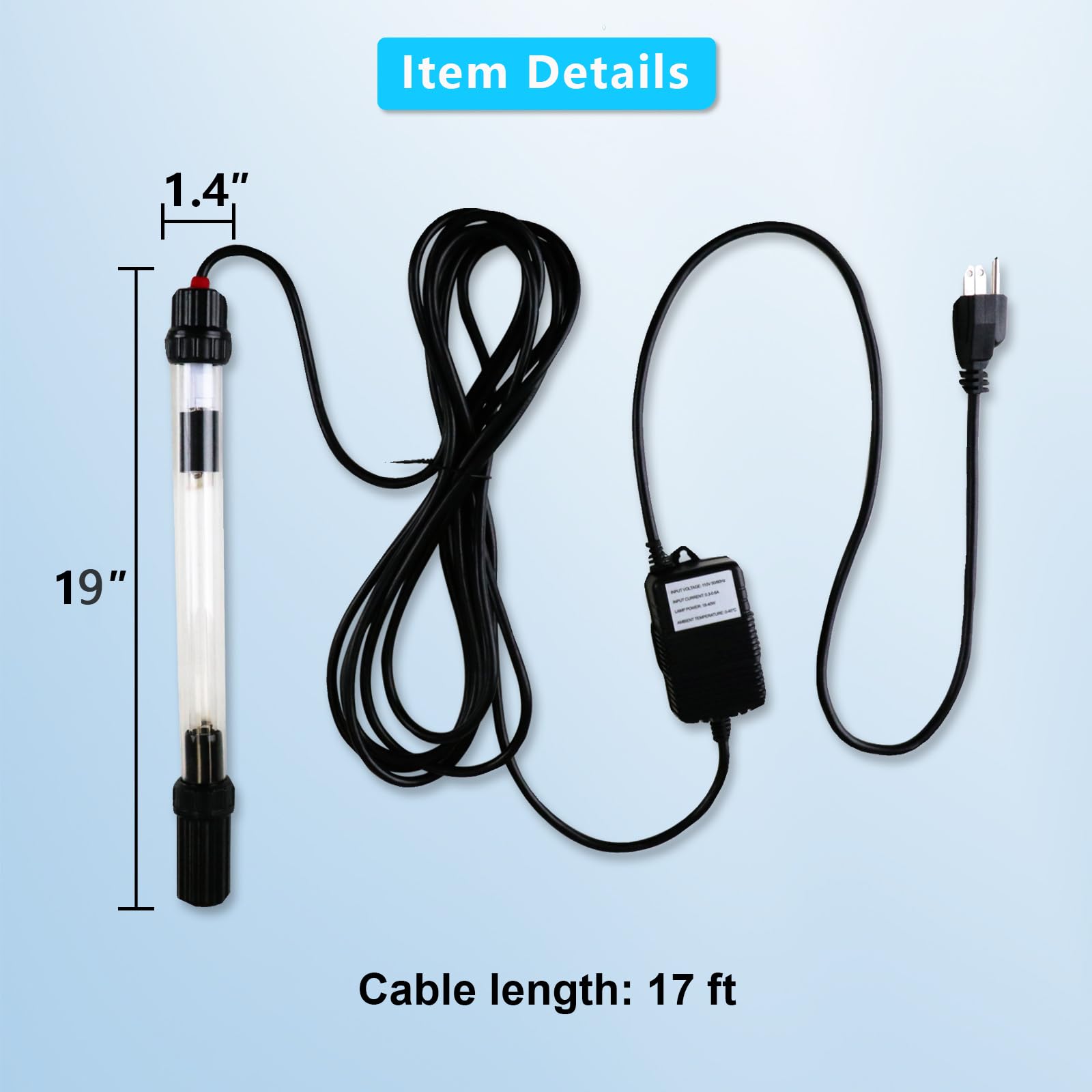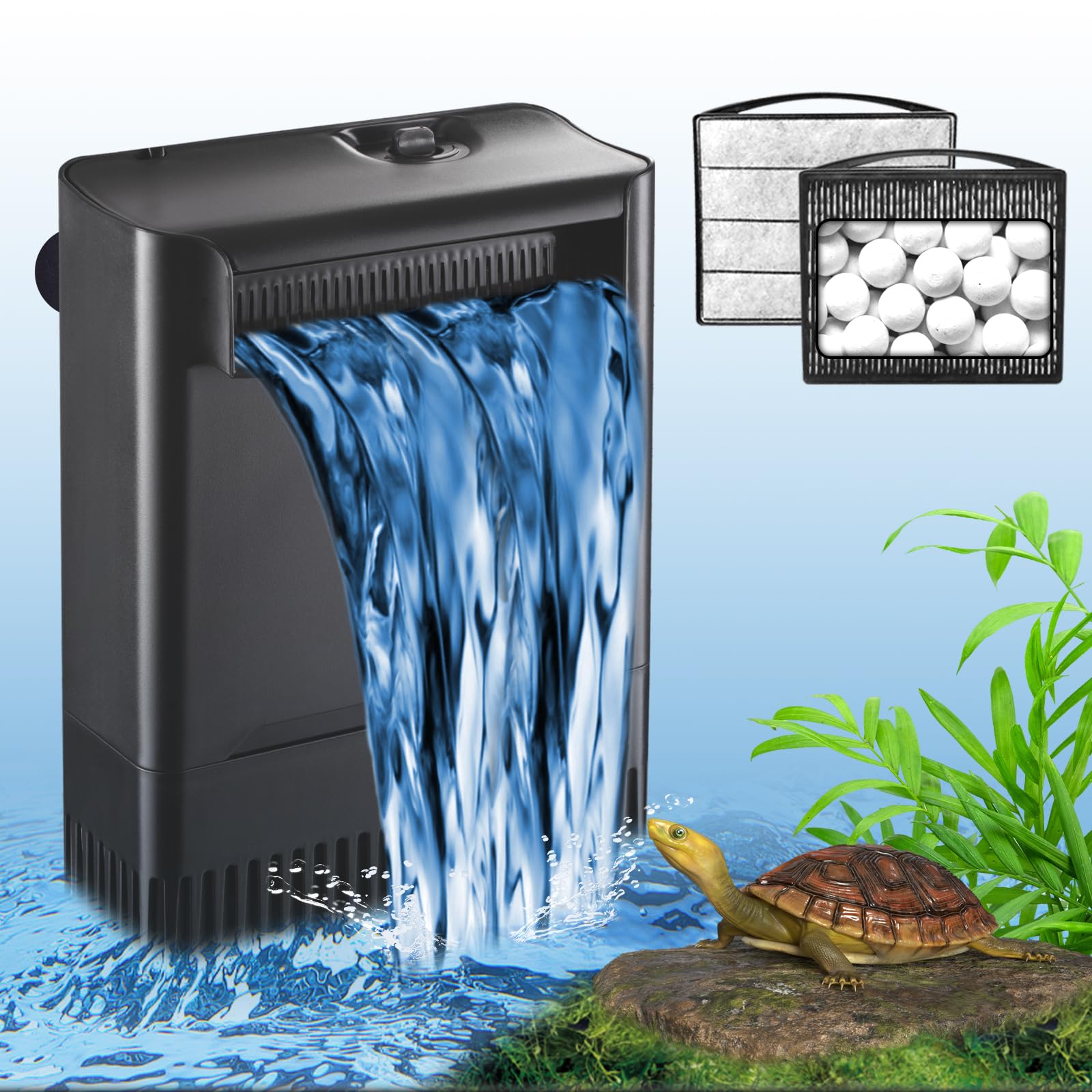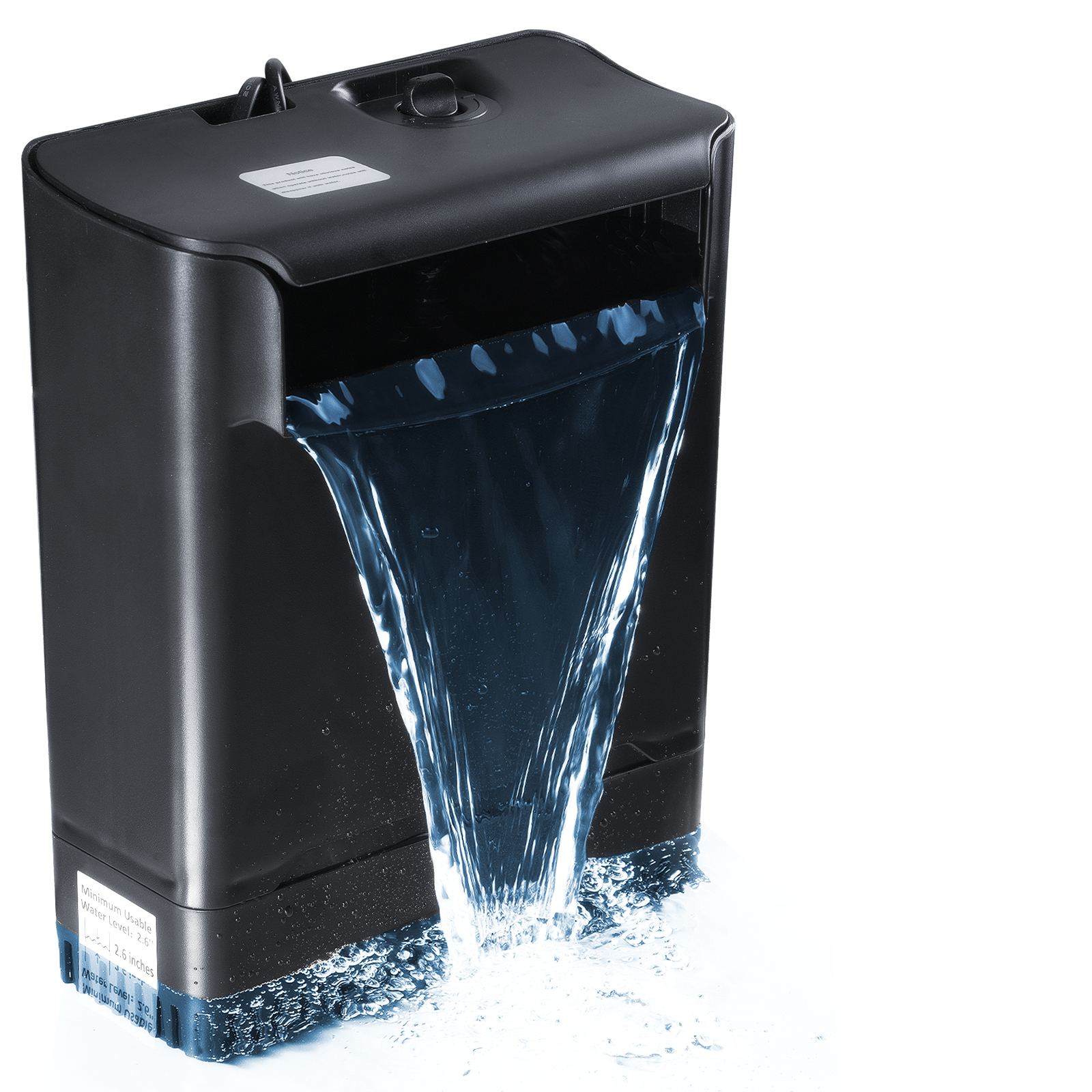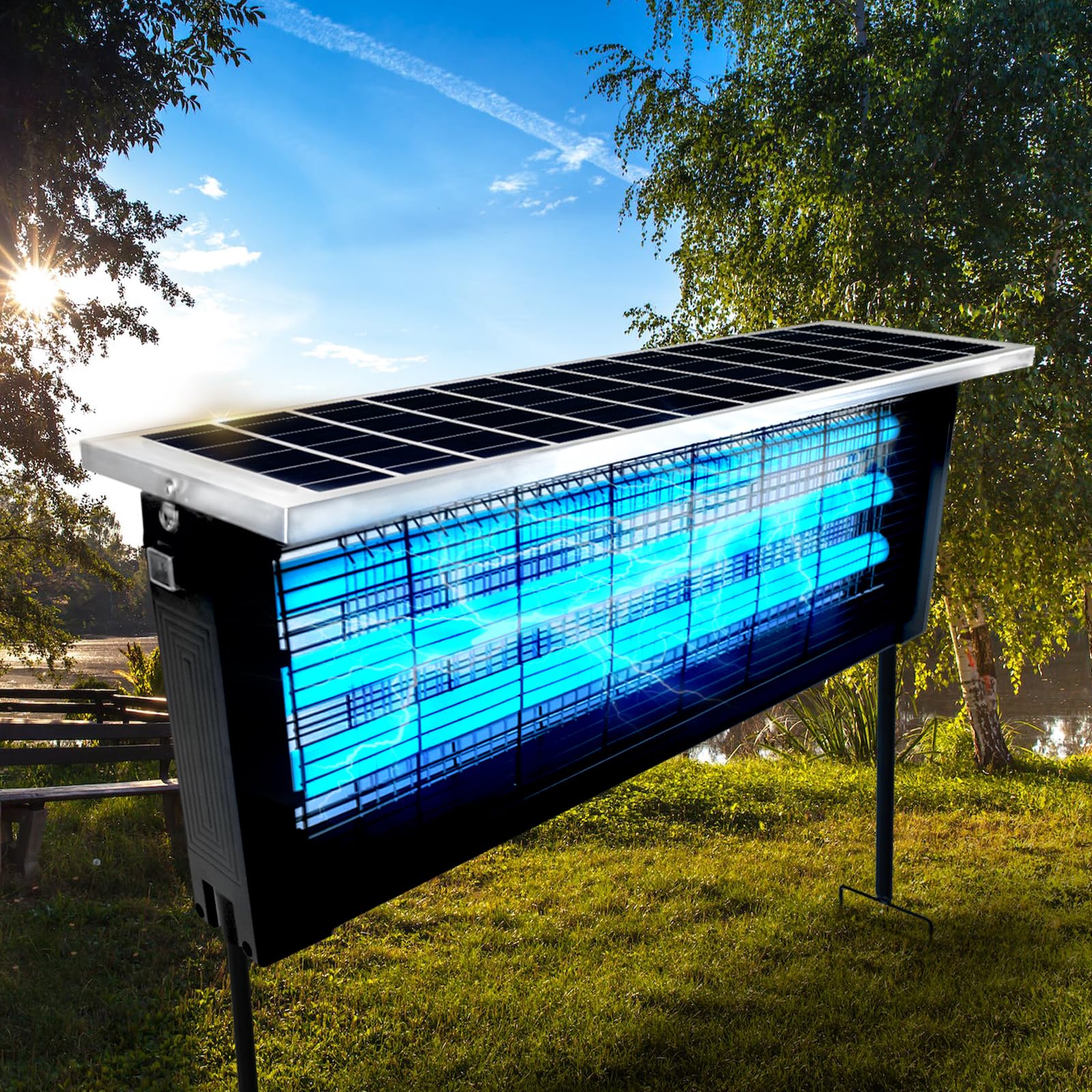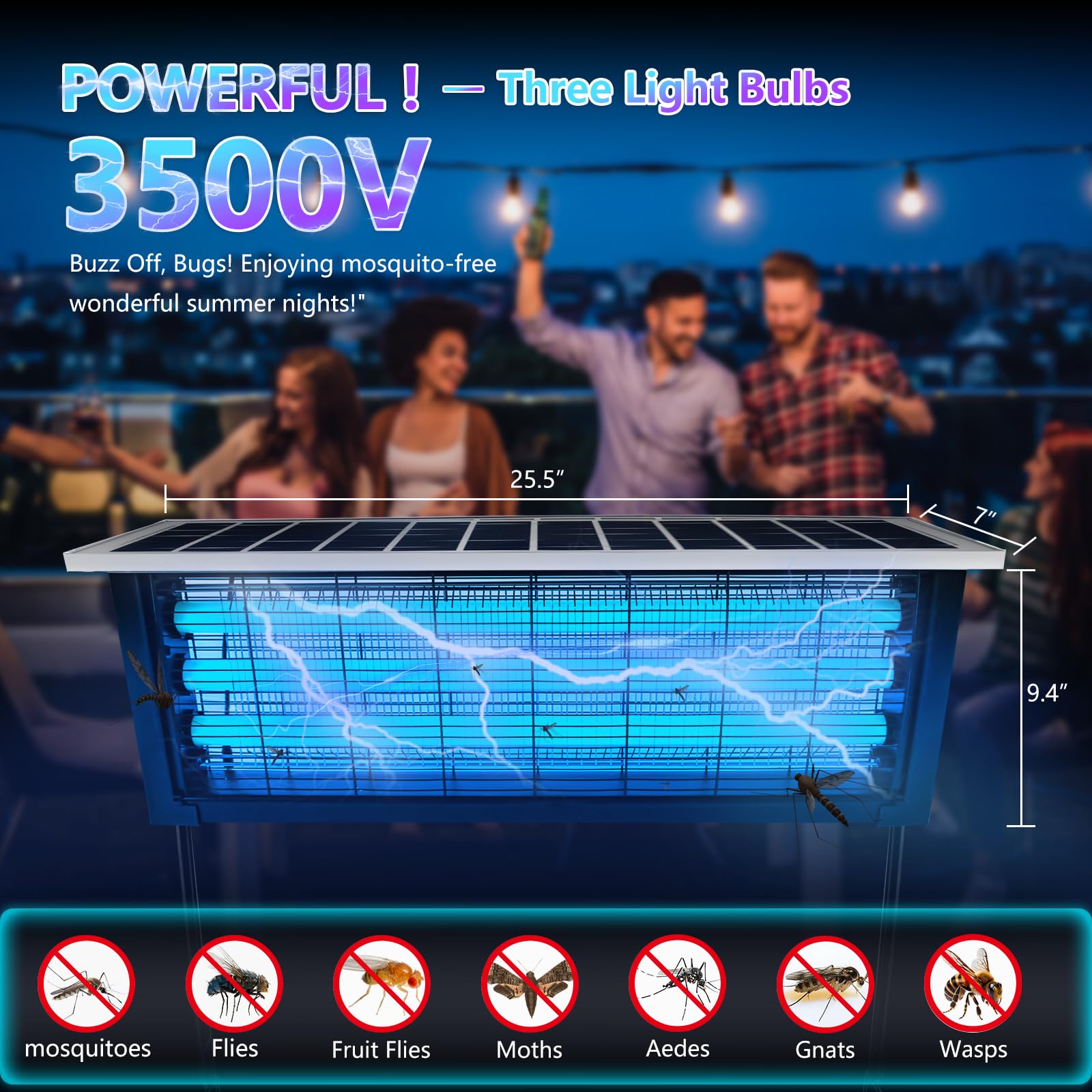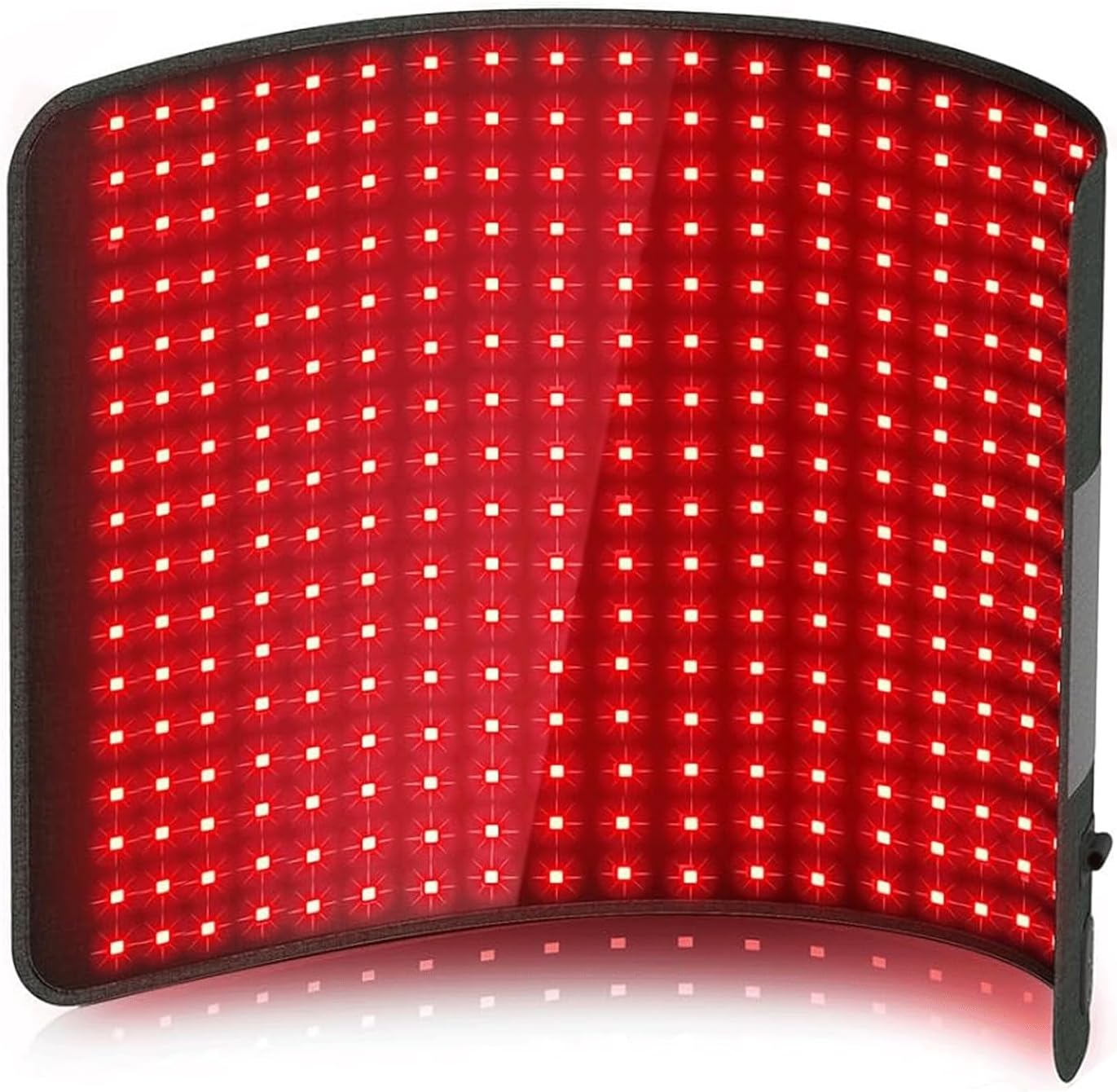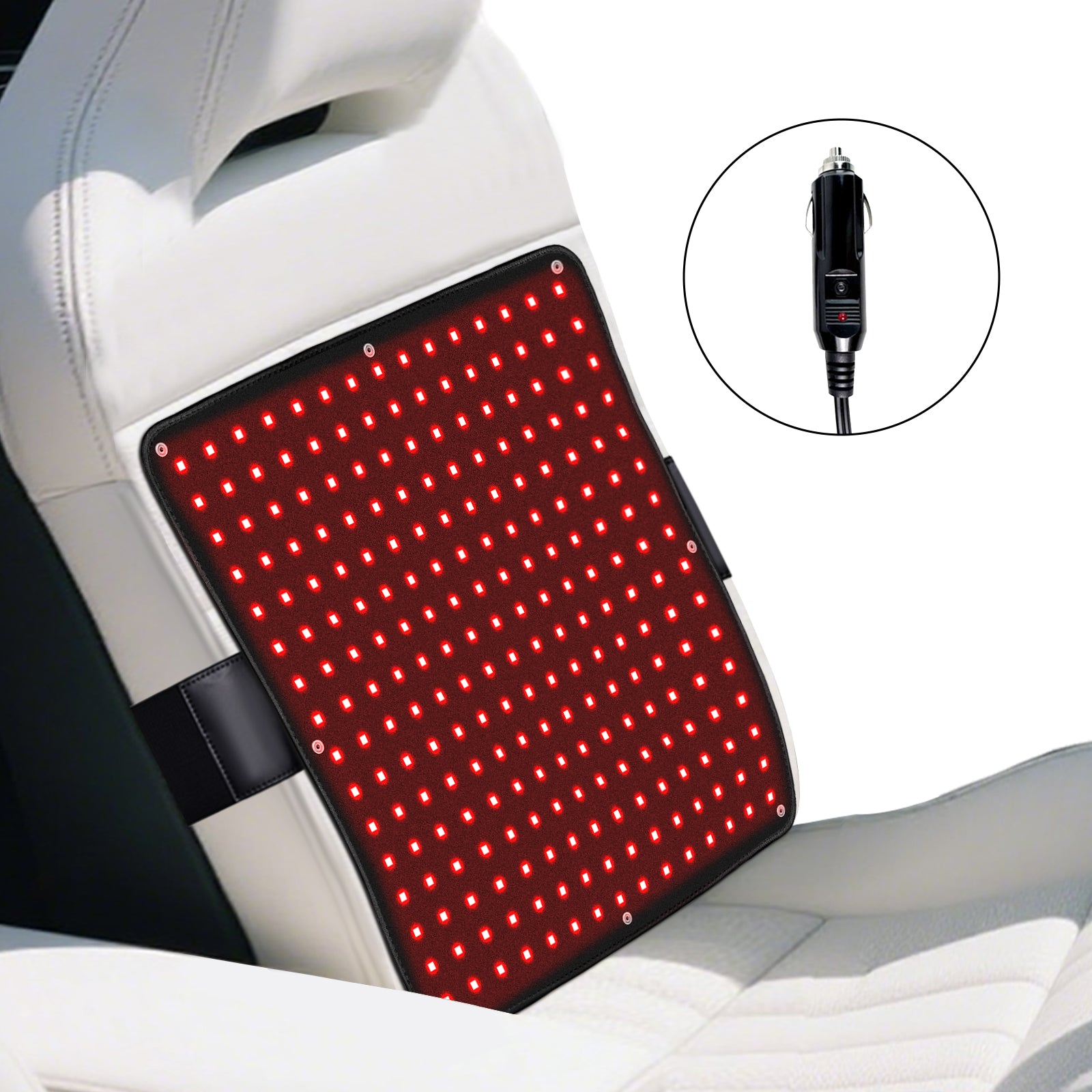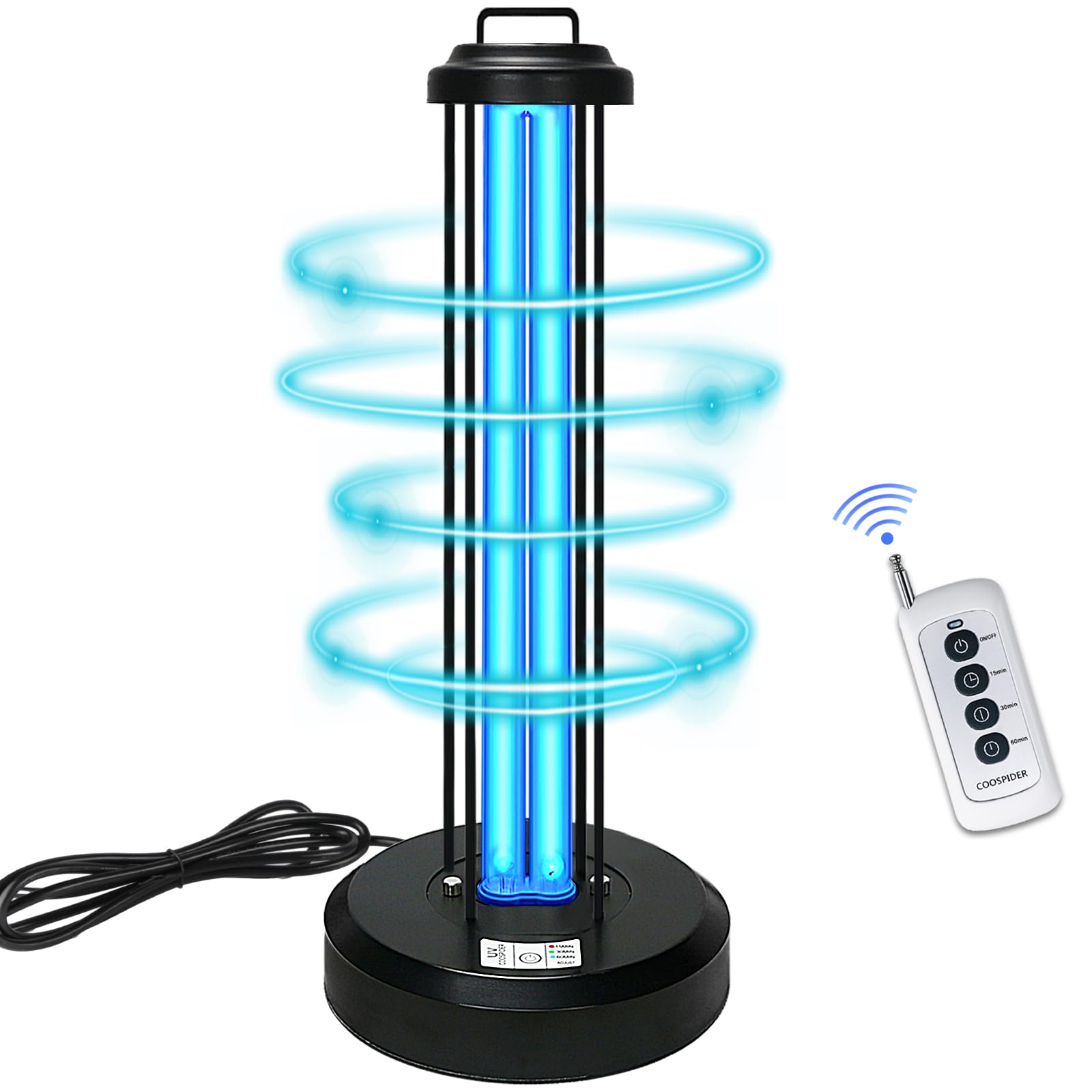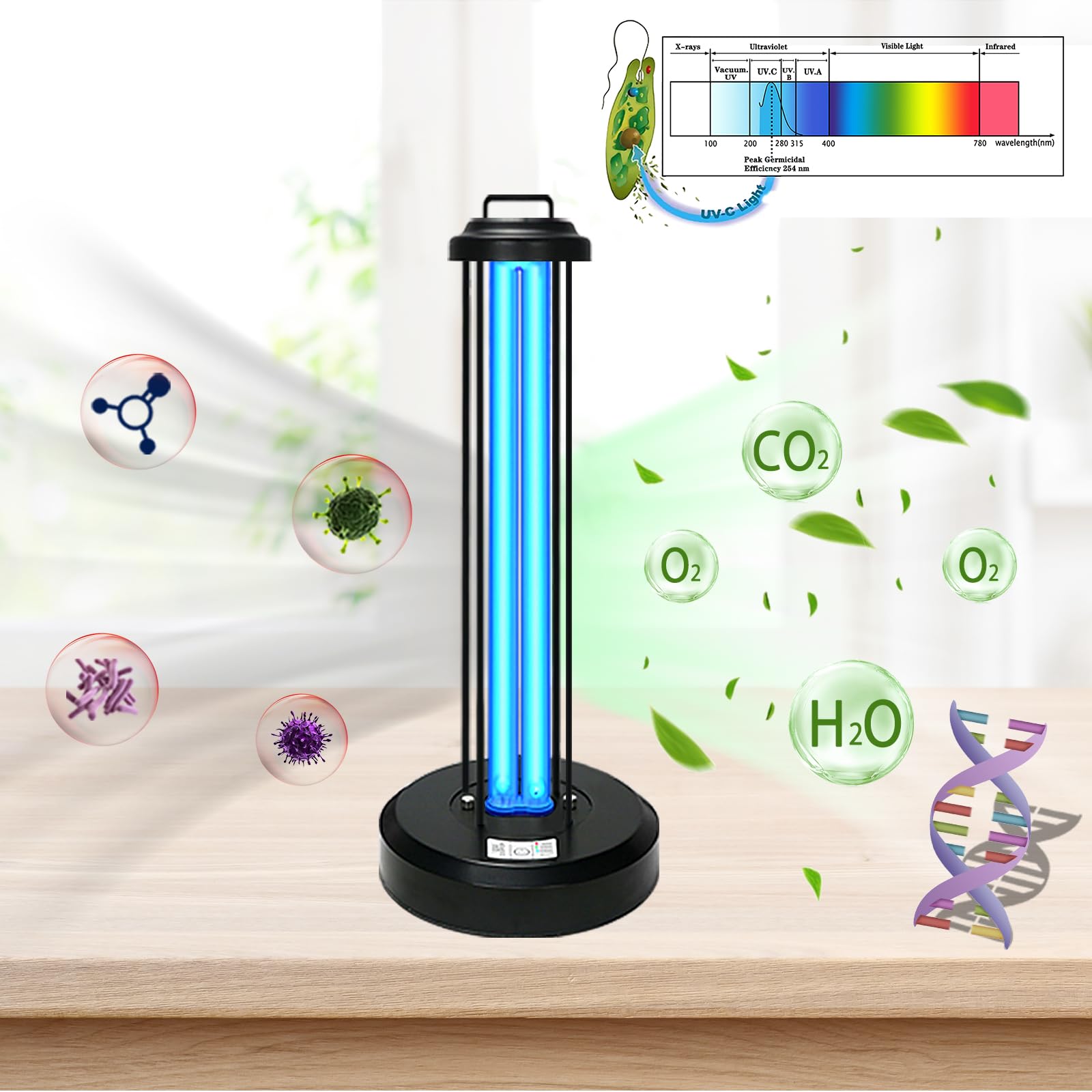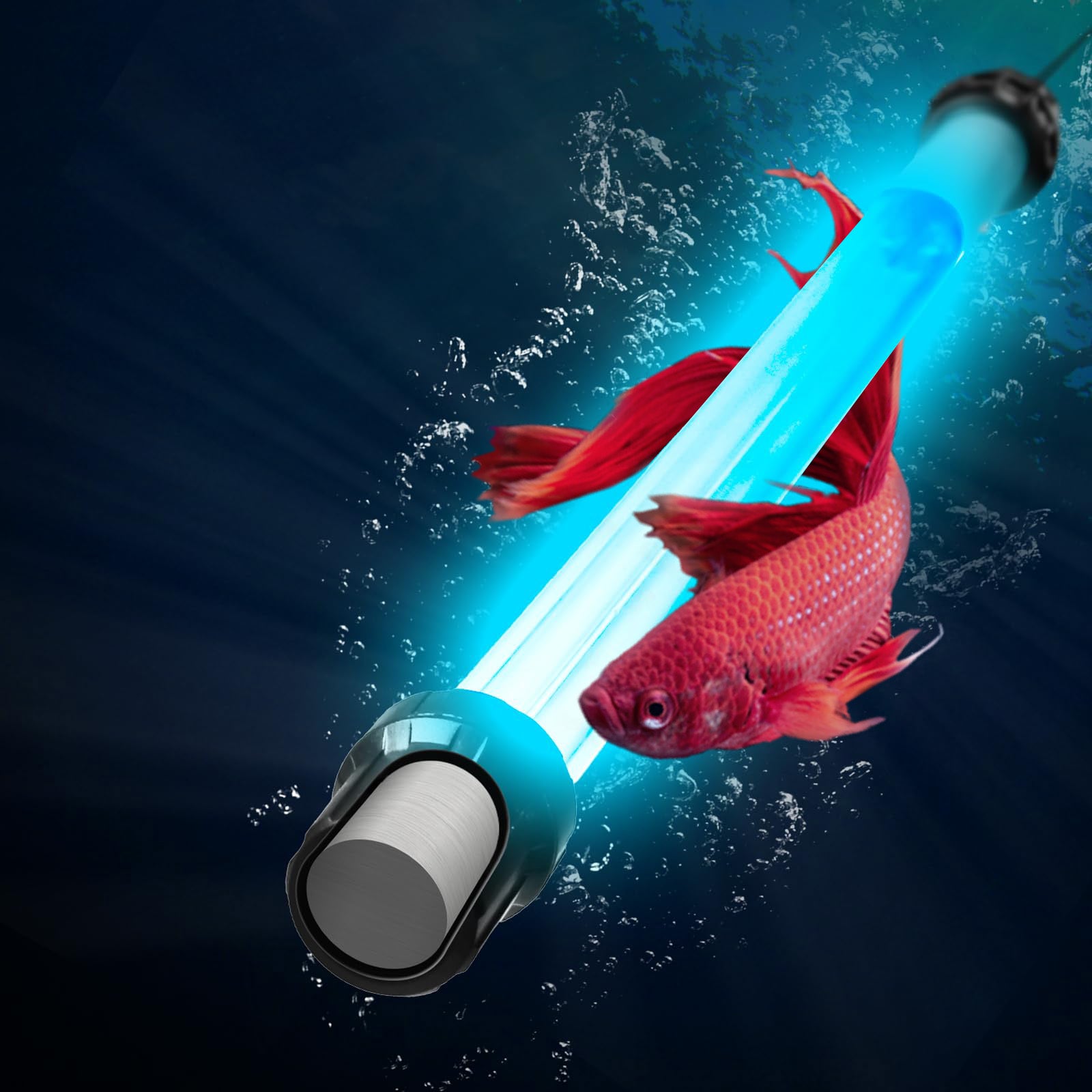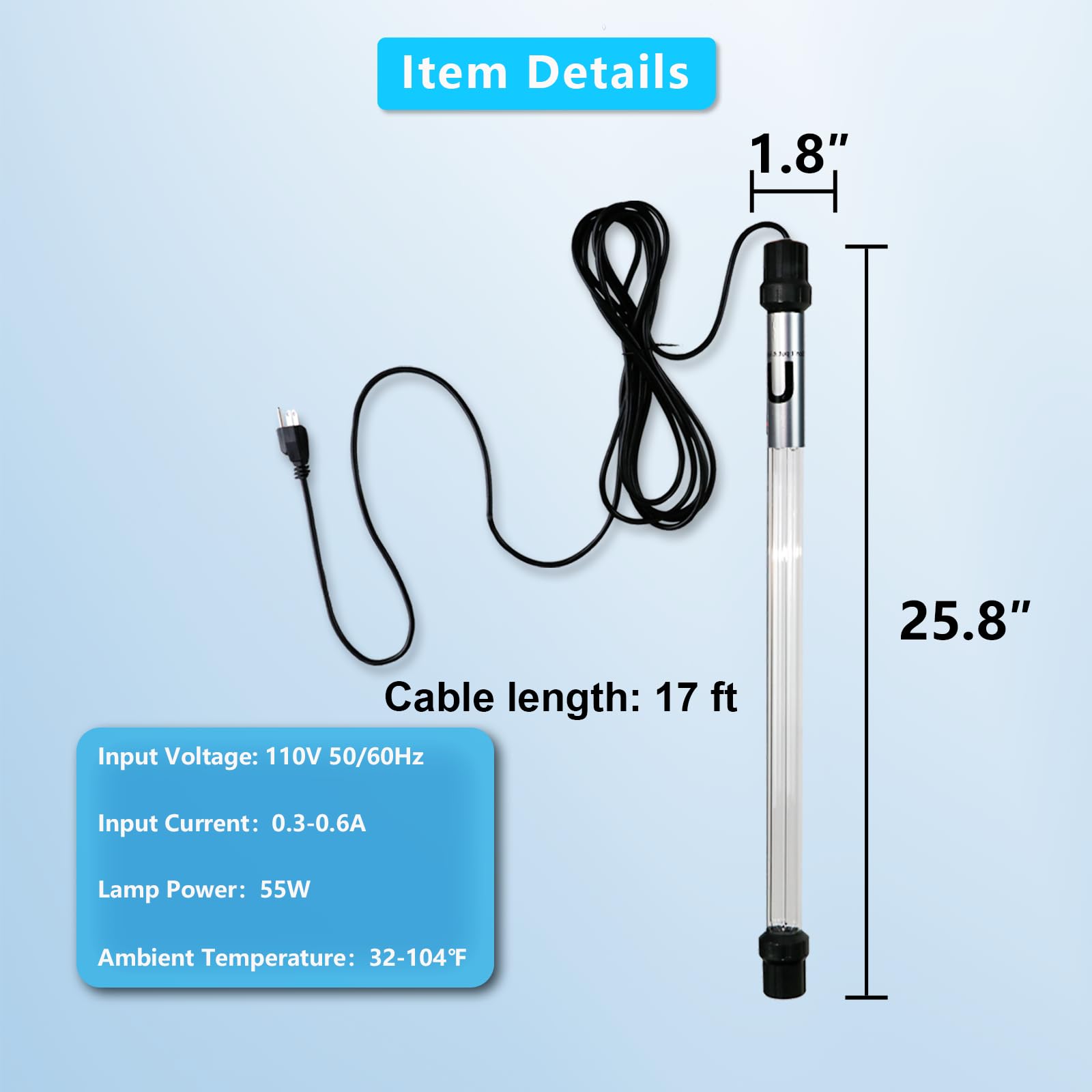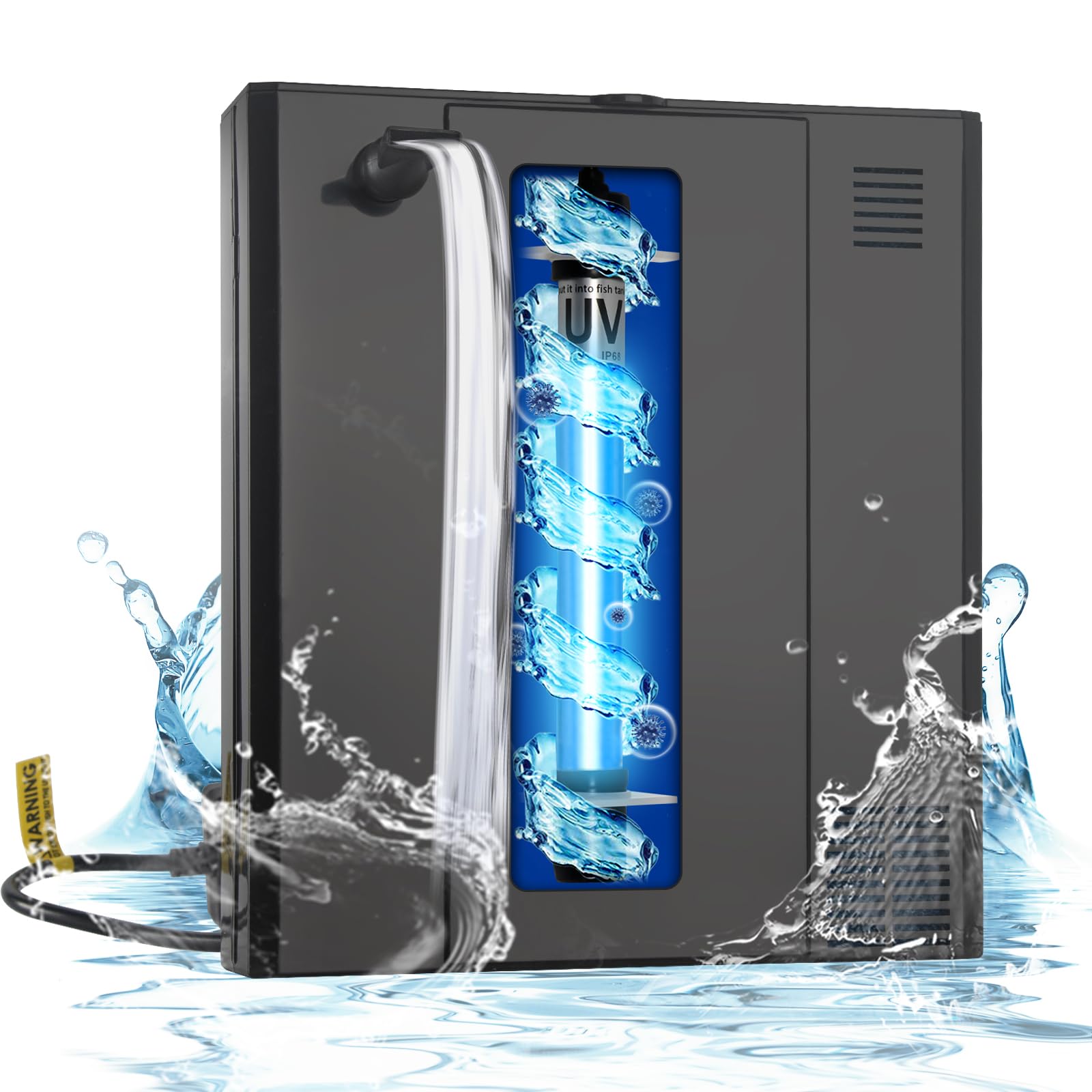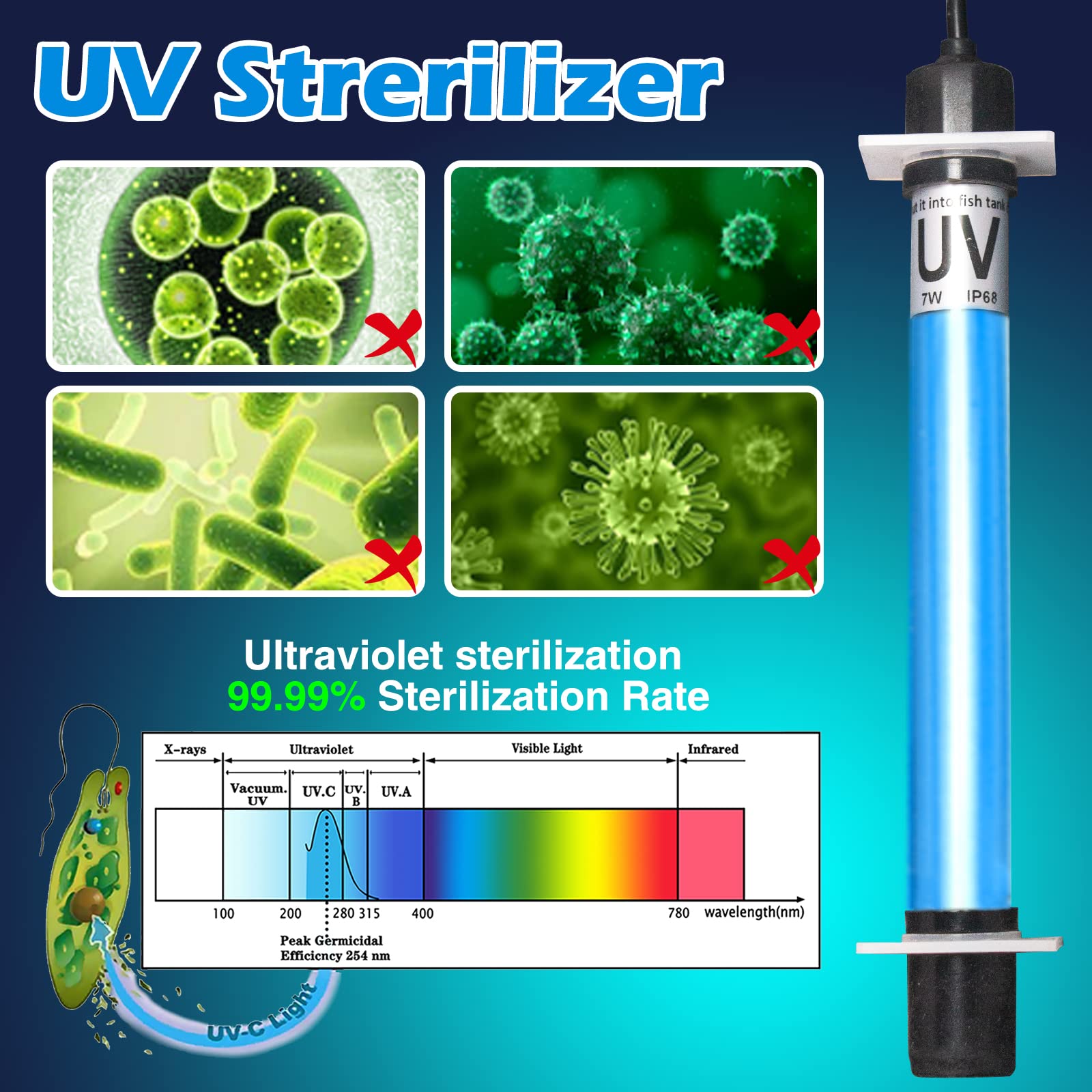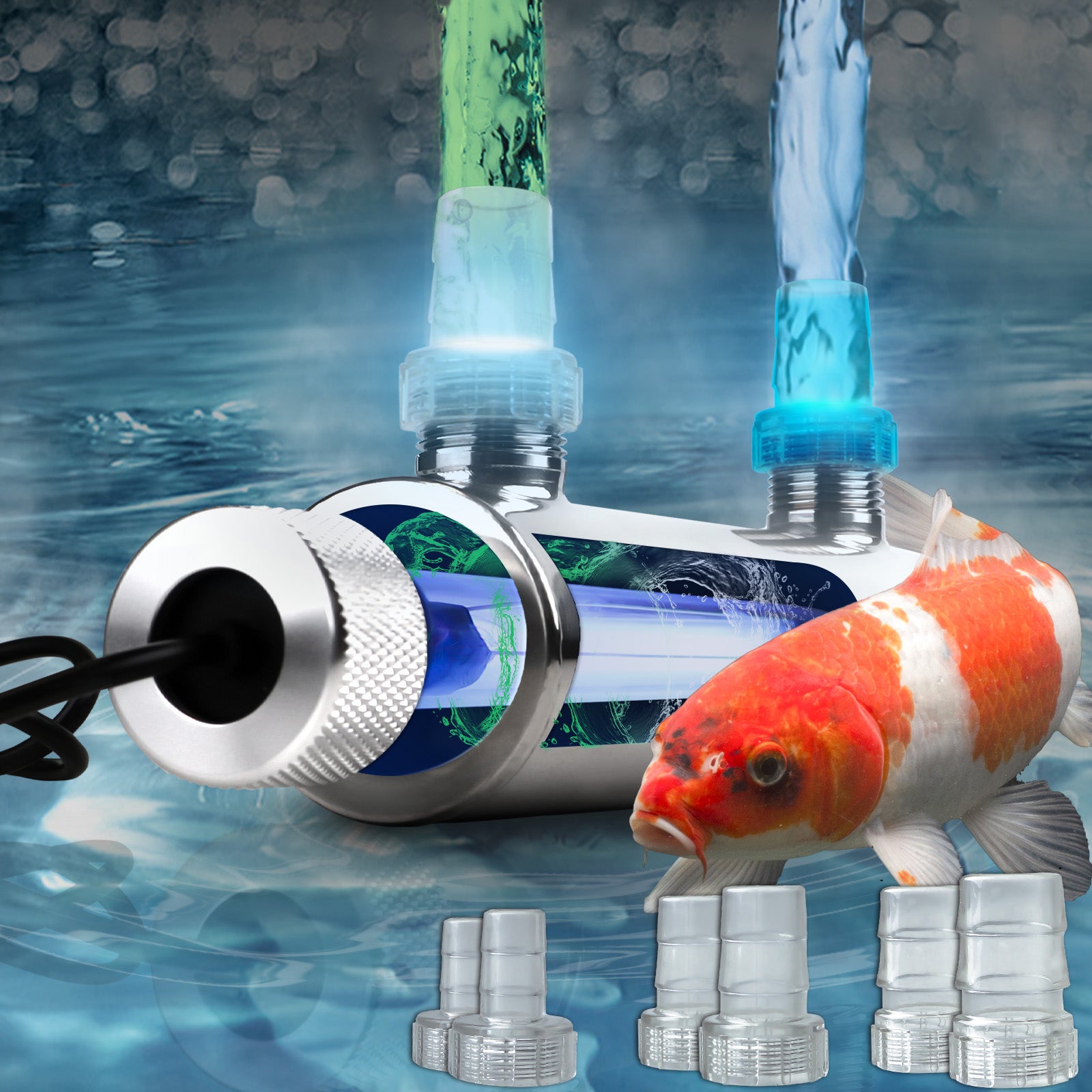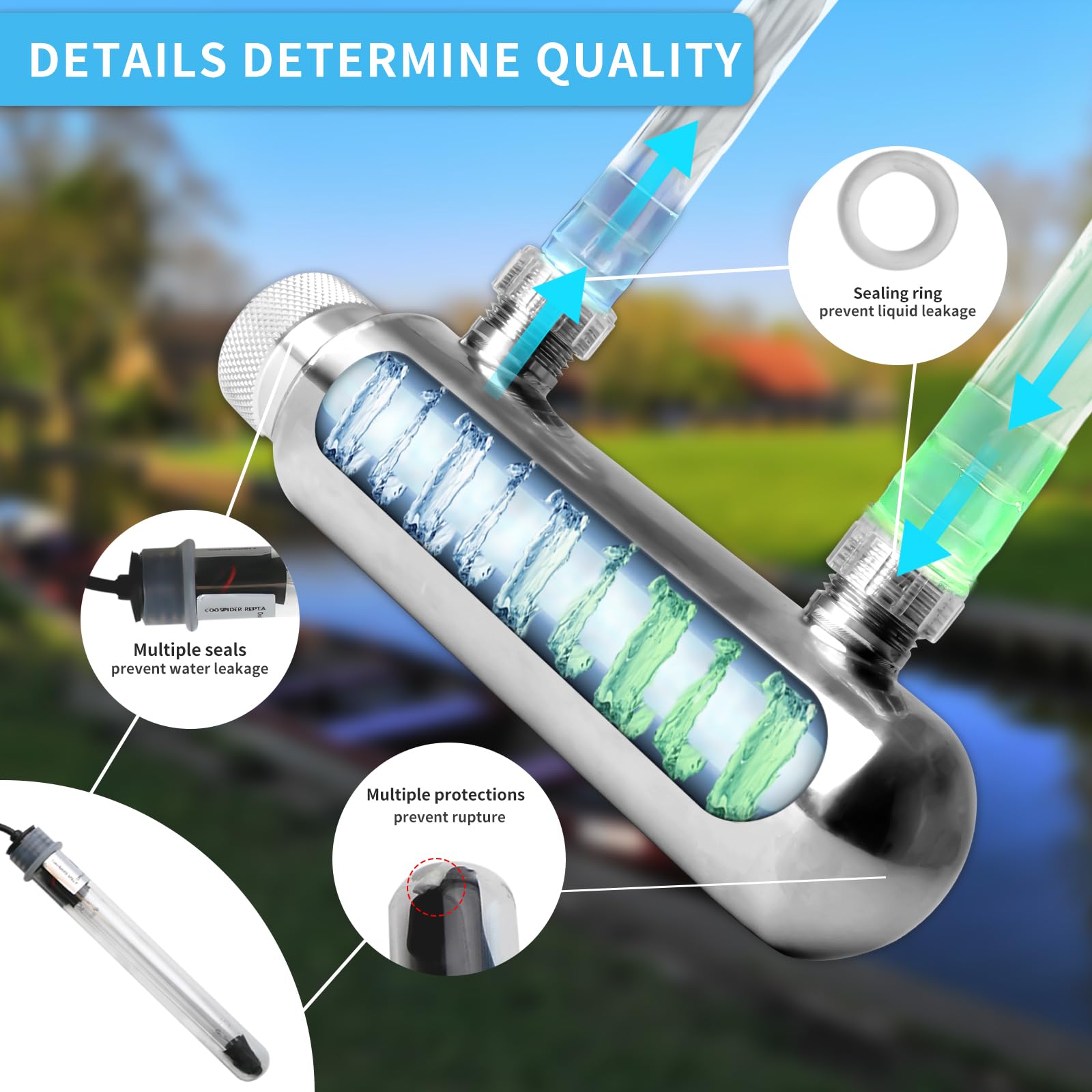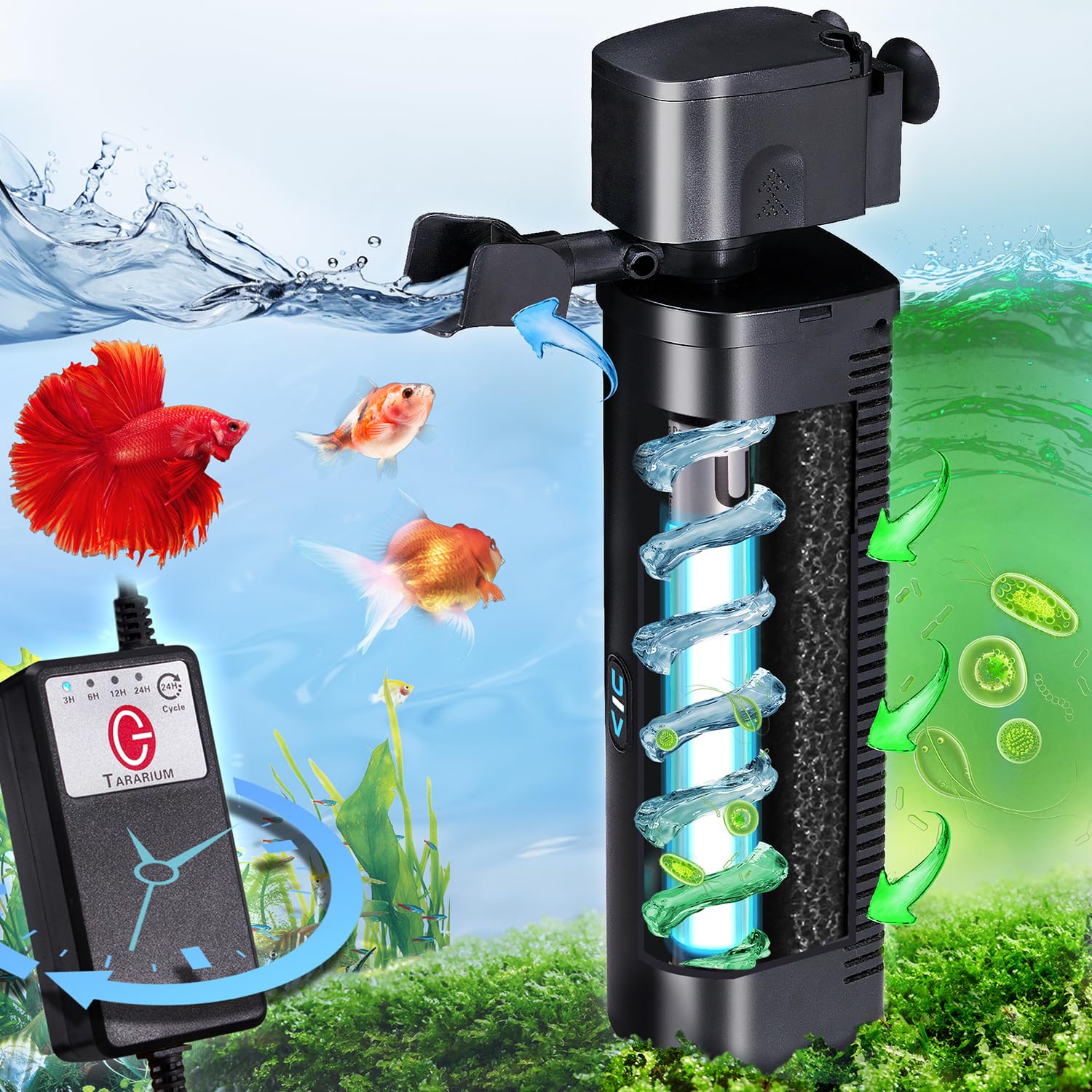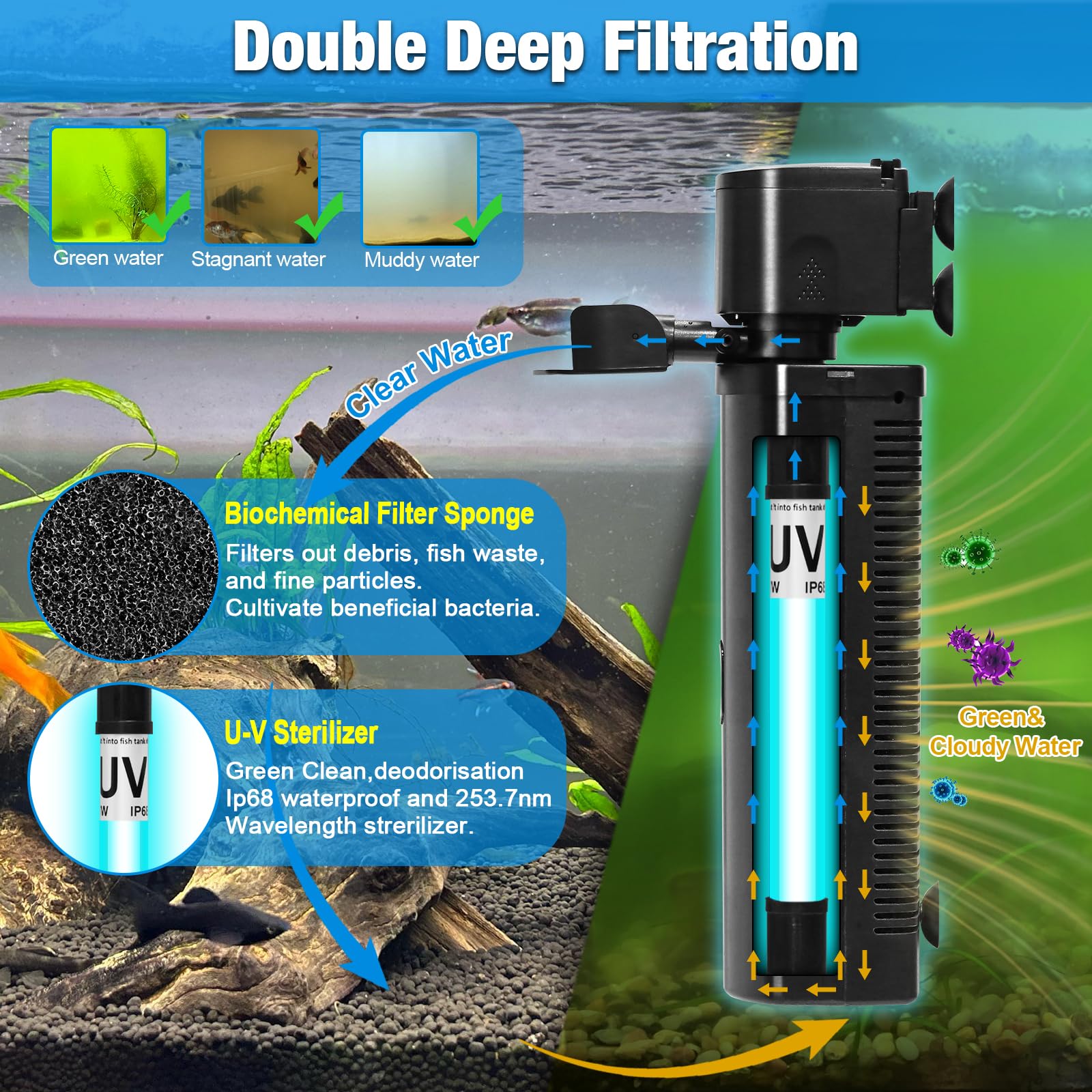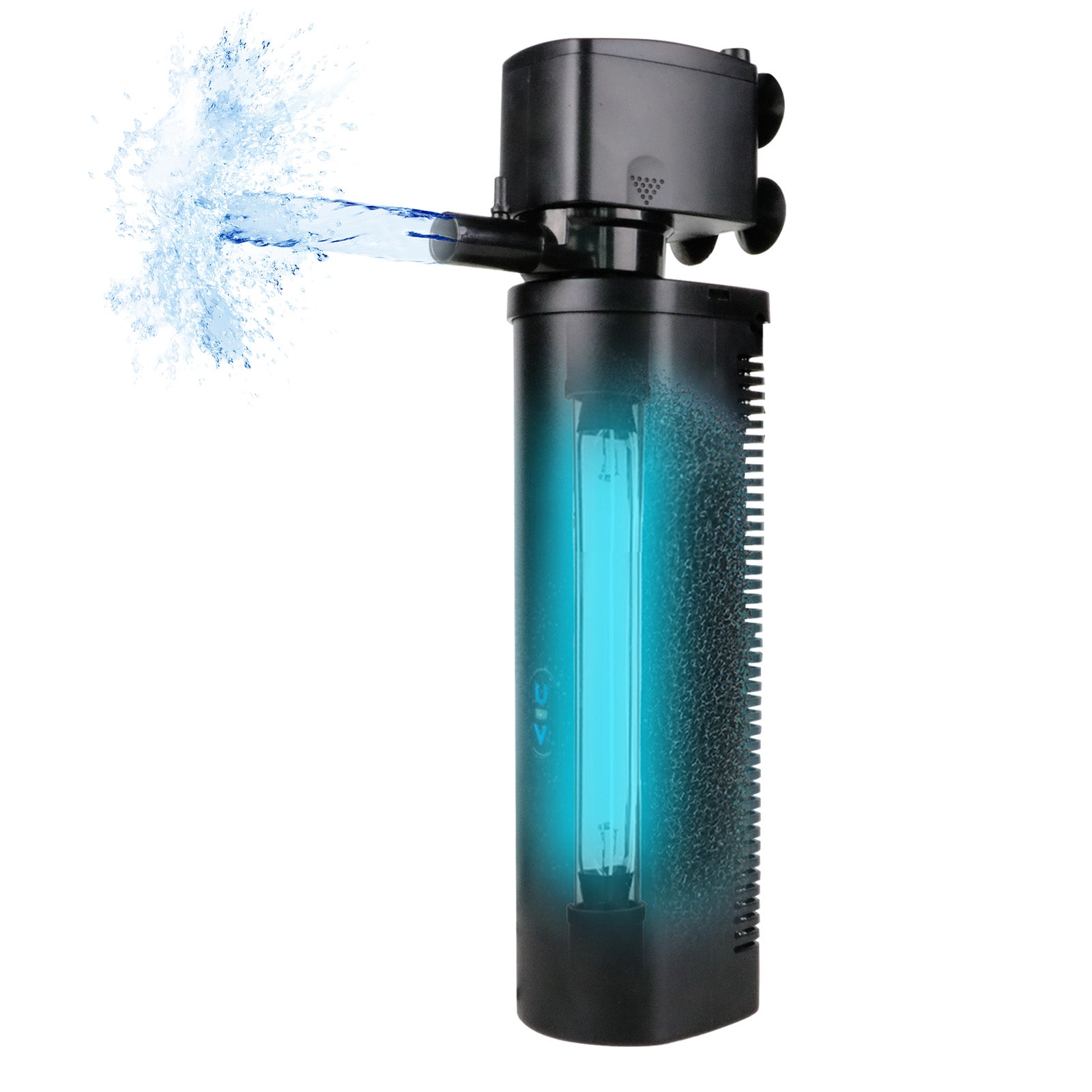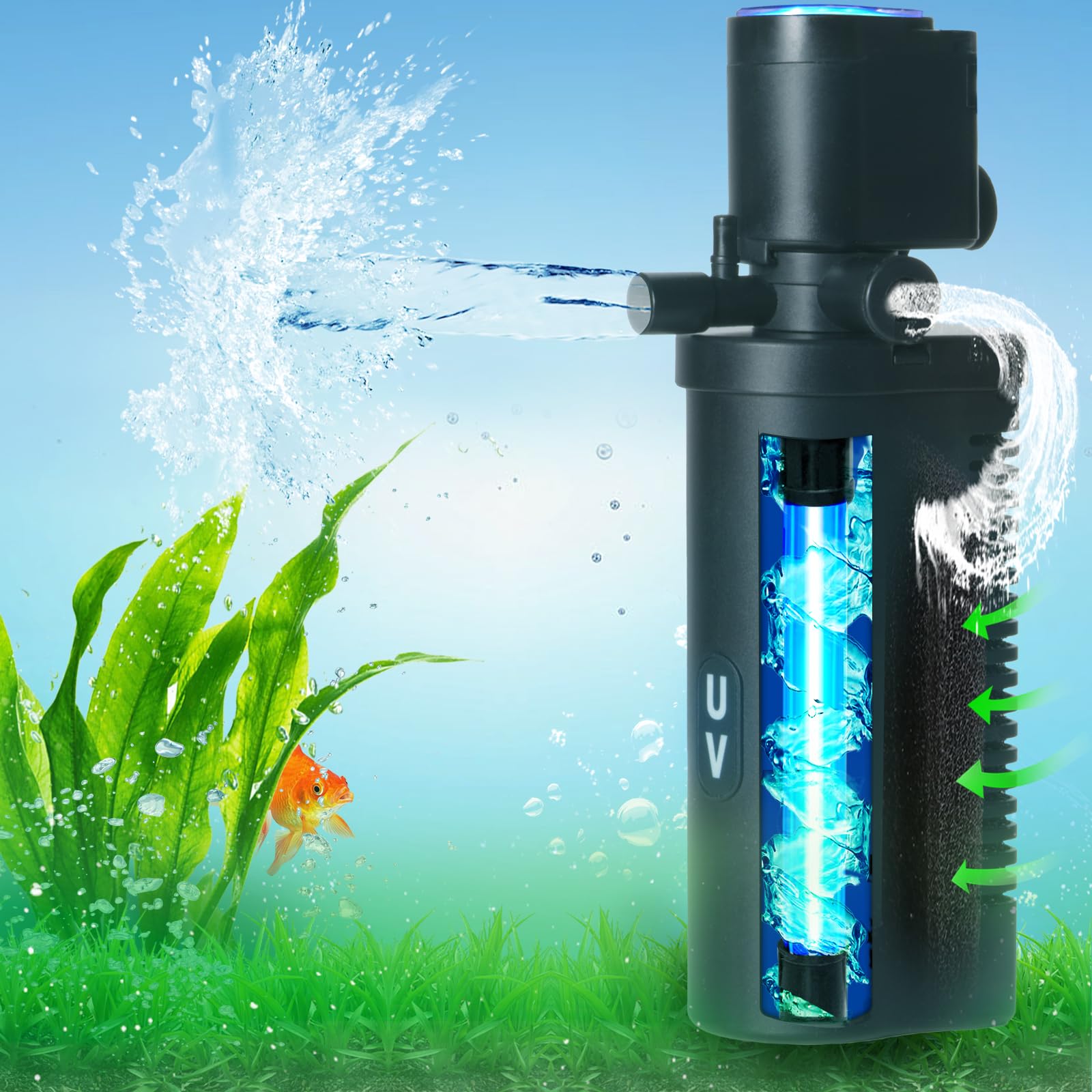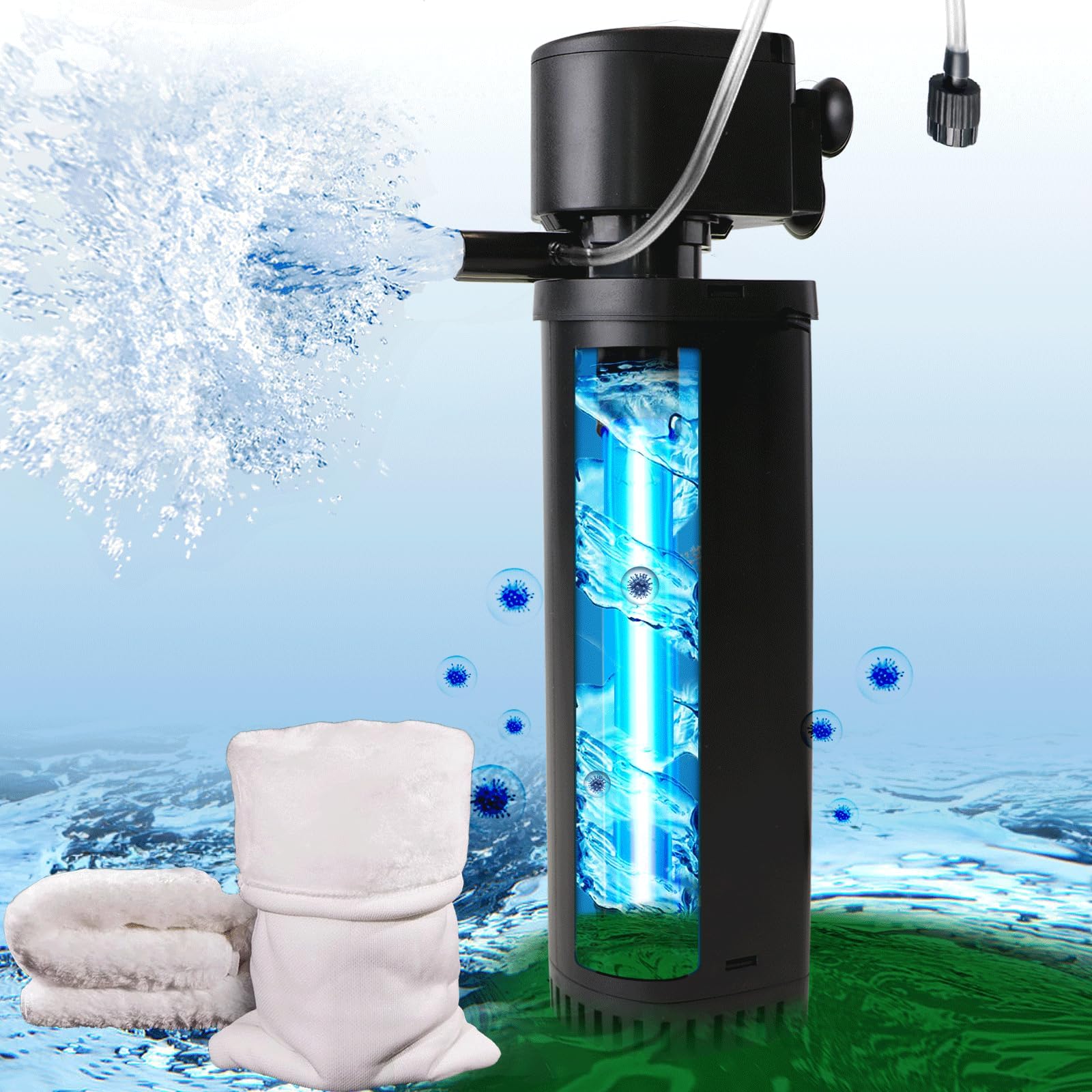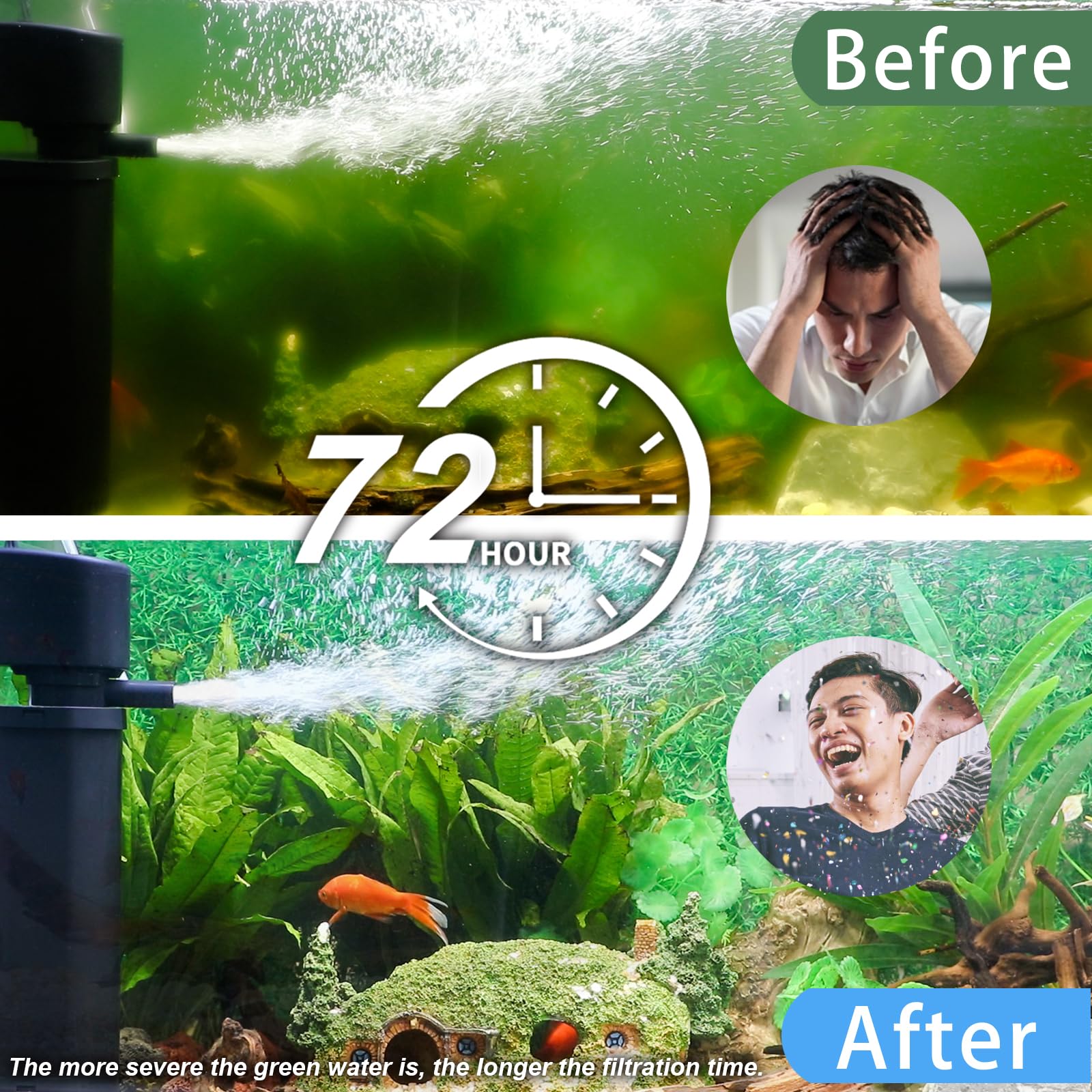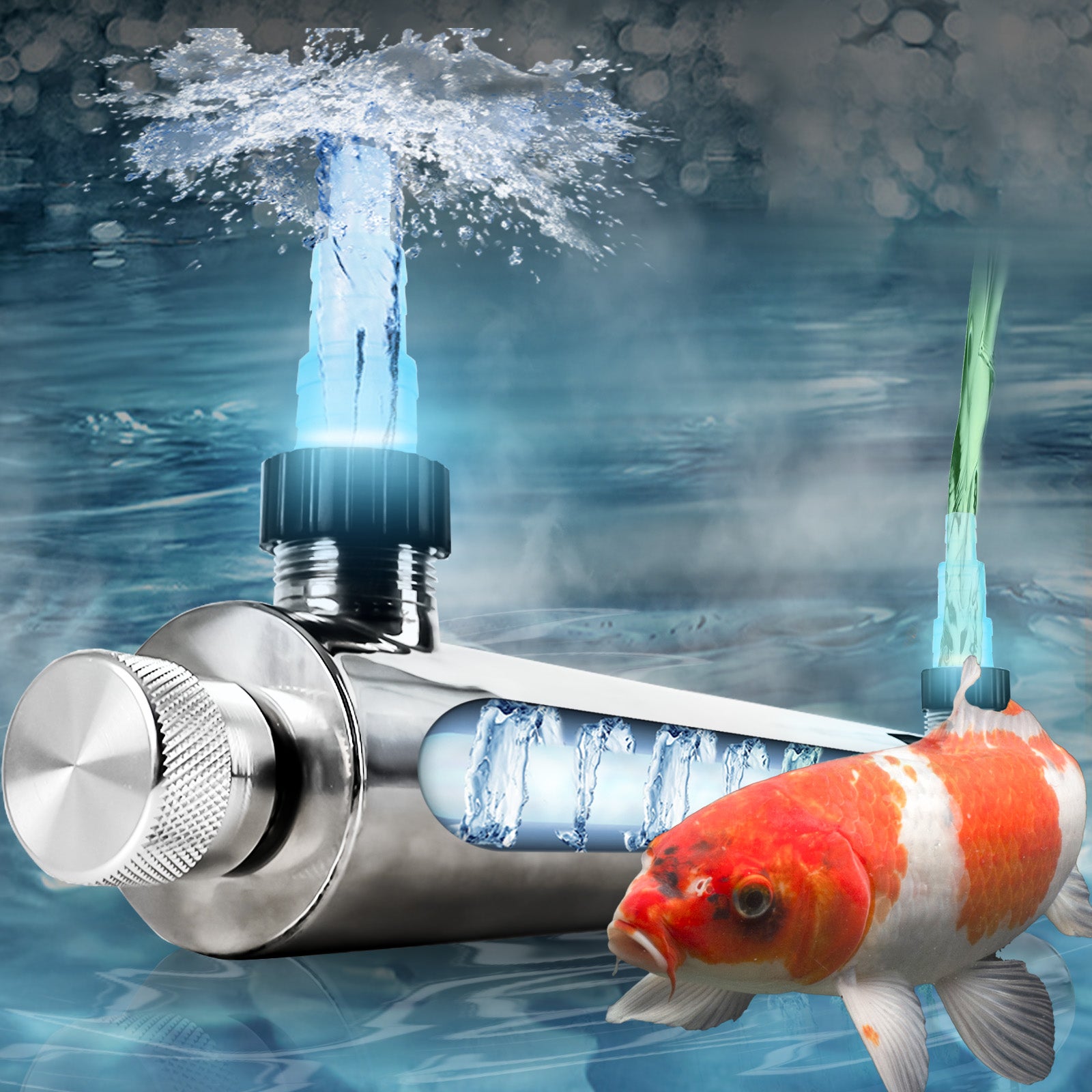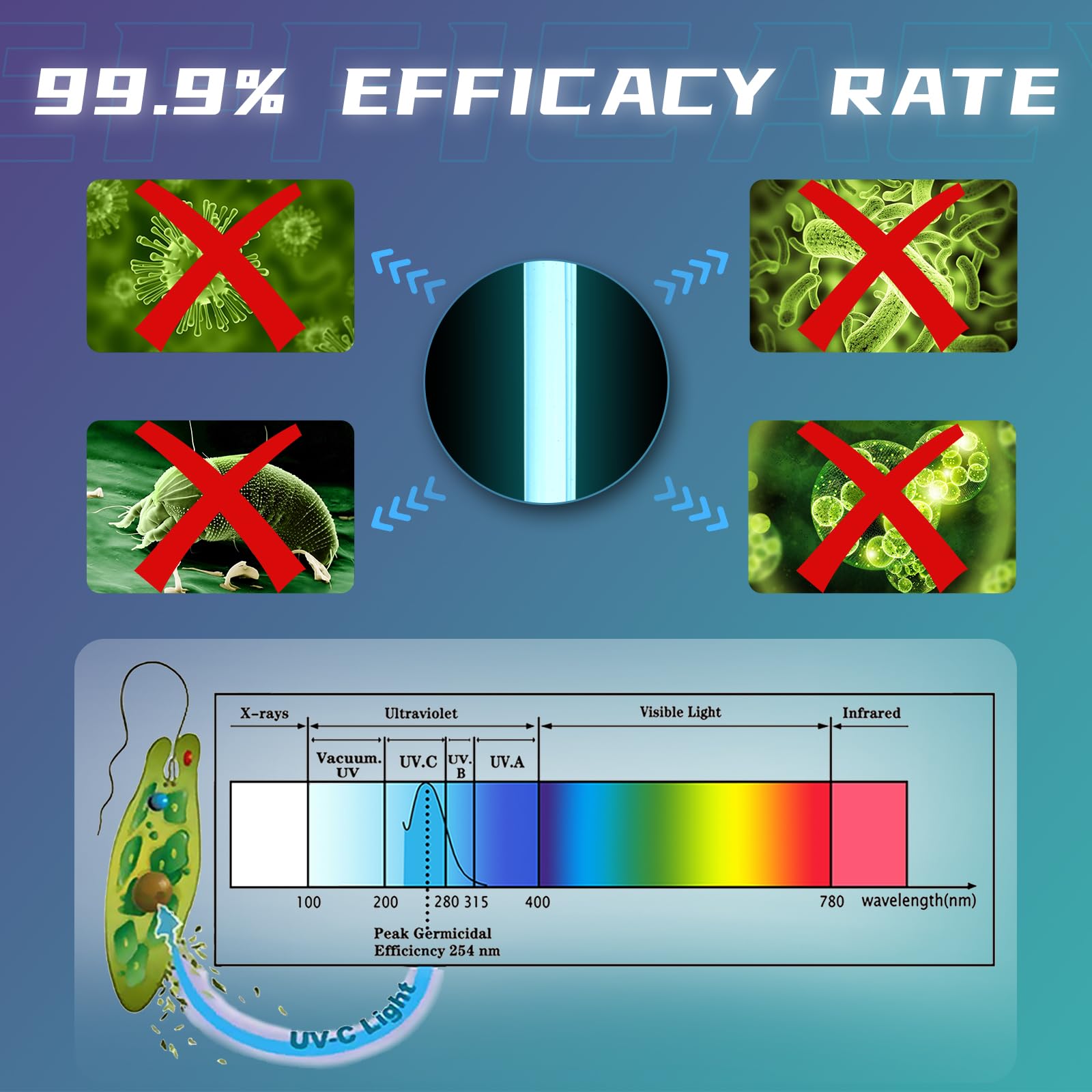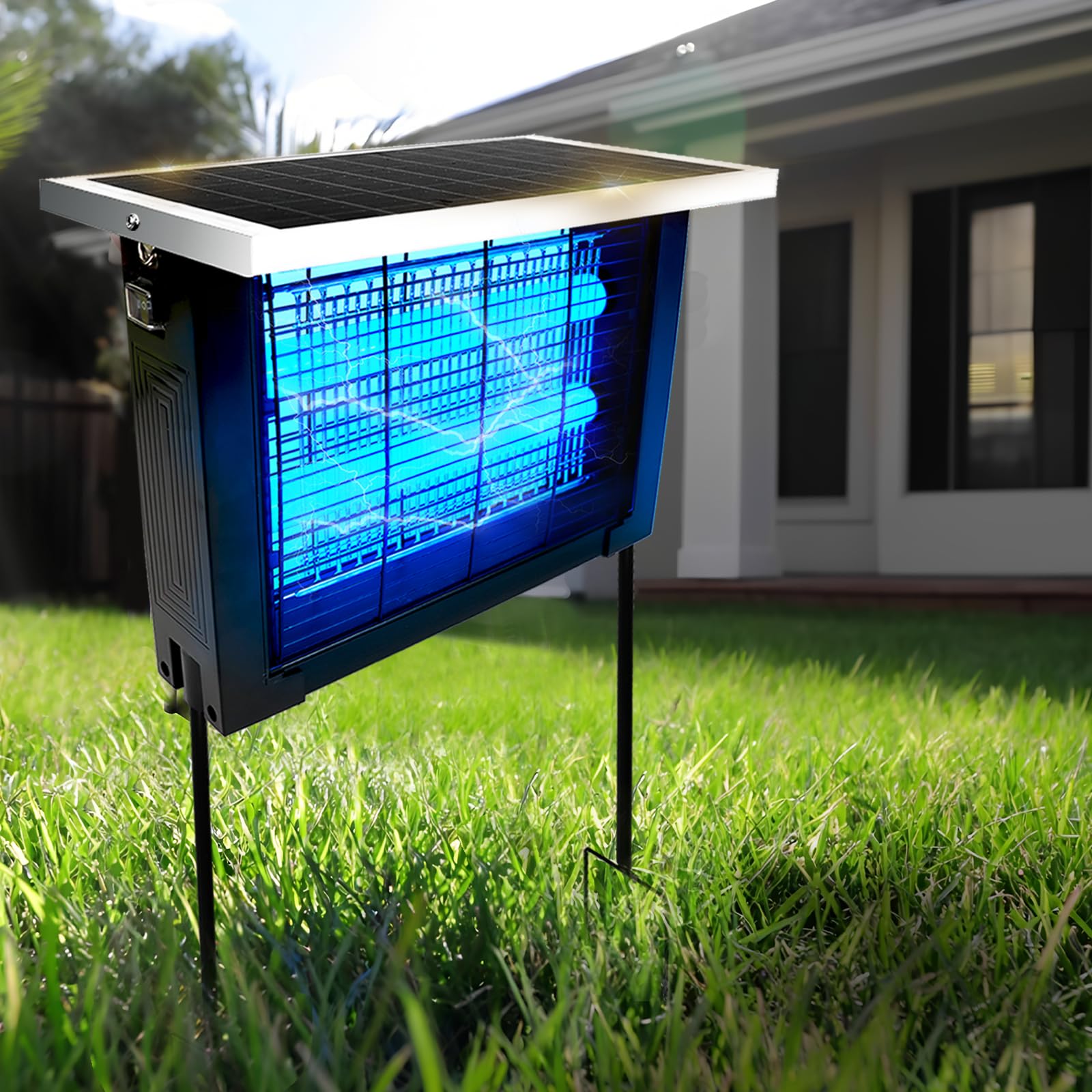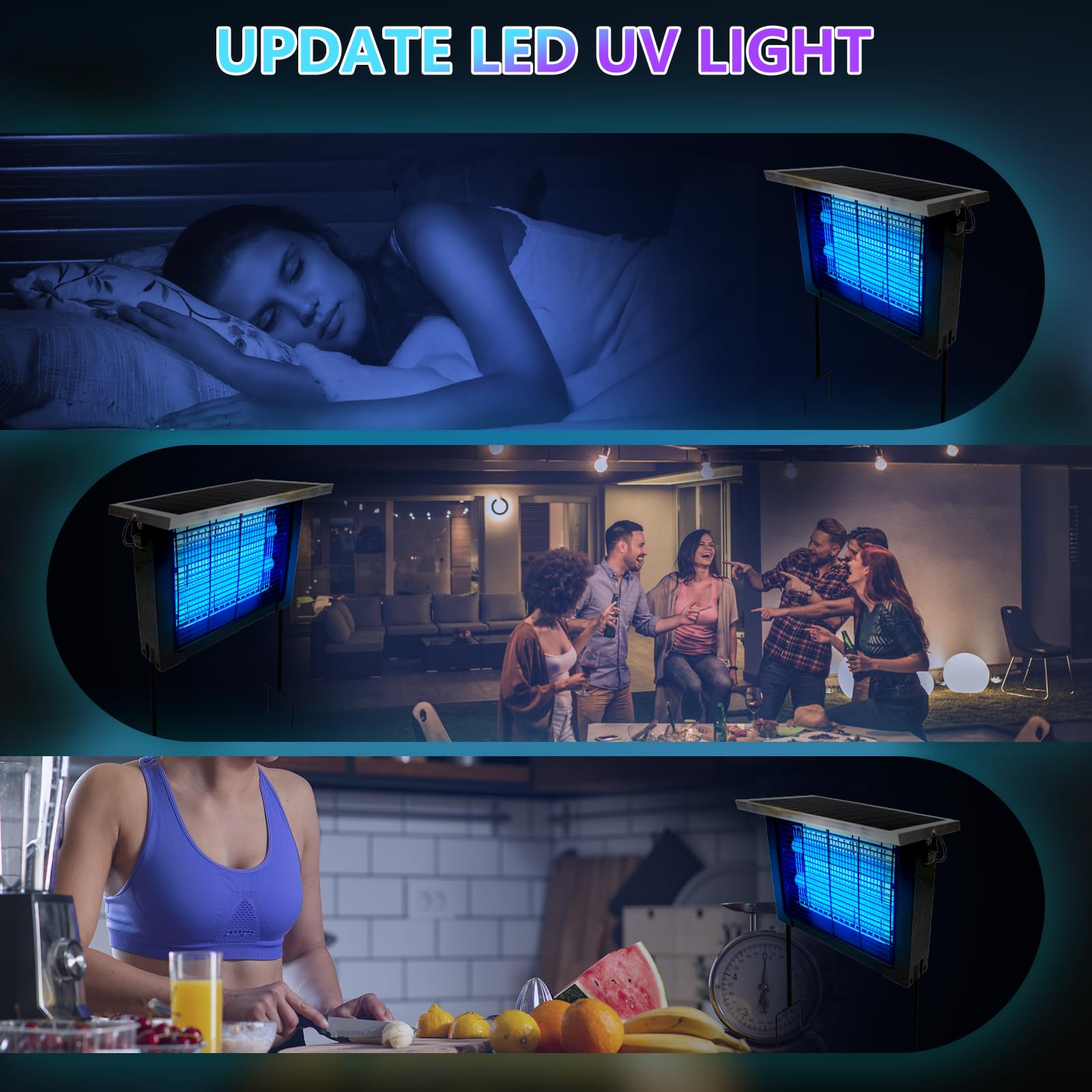The $2 Billion Temperature Gambit
When Tesla's Austin gigafactory reduced battery kiln scrap rates by 38% after installing next-gen infrared imaging, they revealed a dirty secret: traditional thermal cameras couldn't distinguish between 1,427°C and 1,432°C in cathode baking furnaces—a 5°C blind spot costing $52,000/hour in wasted materials. Enter Infrared 2.0: high-power halogen arrays combined with multi-spectral algorithms now deliver 0.1°C accuracy at 2,000°C. This isn't an upgrade—it's a total reengineering of thermal perception.
Global Furnace Monitoring Pain Points:
pie
title Industrial Temperature Challenges
“Blind Spots” : 42
“Sensor Drift” : 24
“Ambient Interference” : 18
“Data Latency” : 16 Chapter 1: The Physics of Precision - Beyond Boltzmann's Limitations
Why Traditional IR Cameras Fail at Extreme Heat
Conventional Microbolometer Constraints:
| Parameter | Limitation | Error at 1600°C |
|---|---|---|
| Spectral Range | 7.5-14 μm | ±4.2°C |
| Frame Rate | 60 Hz | ±3.7°C drift |
| Thermal Noise | 50 mK | ±2.1°C |
| Spatial Resolution | 640x480 | ±5.3°C in gradients |
The Halogen Advantage:
graph LR
A[2kW Halogen Array] → B[Intense Short-Wave IR]
B → C[Silicon Sensor Optimization]
C → D[0.5-1.1 μm Detection]
D → E[10x Thermal Signal Gain] Quantum Leap: Silicon sensors detect short-wave IR (SWIR) with 0.025°C NETD (Noise-Equivalent Temperature Difference) vs. 0.1°C for traditional microbolometers.
Chapter 2: Illuminating Darkness - Active IR Spectroscopy
The Multi-Spectral Halogen Array Architecture
System Components:
-
Light Engine:
- 64 x 800W tungsten-halogen lamps
- Water-cooled reflector assembly
- Spectral output: 0.4-2.5 μm
-
Detection Matrix:
detection_bands = [ {'range': '0.7-0.9μm', 'purpose': 'Oxide layer thickness'}, {'range': '1.4-1.6μm', 'purpose': 'Slag formation'}, {'range': '2.0-2.4μm', 'purpose': 'Combustion efficiency'} ] -
Cooling Innovation:
- Liquid-cooled sapphire windows
- 85°C operational limit in 1800°C ambient environments
Case Study: ArcelorMittal Blast Furnace #7:
- Eliminated thermocouple drift (0.1°C stability over 6 months)
- Detected refractory wear 72 hours before failure
- Reduced fuel consumption by 8.4%
Chapter 3: Seeing Through Flame - Multi-Spectral Noise Cancellation
Flame Interference Removal Algorithm
Four-Dimensional Filtering:
| Interference | Algorithm | Error Reduction |
|---|---|---|
| Combustion Fluctuations | Temporal Pixel Tracking | 89% |
| Hot Particle Noise | Spatial Wavelet Decomposition | 76% |
| Reflective Artifacts | Polarization Filtering | 92% |
| Emissivity Changes | Material Library Matching | 95% |
Formula:
T_true = (T_observed - α * Flame_IR) / (ε * τ)
Where:
α = Flame absorption coefficient (0.38 @ 1.45μm)
ε = Emissivity (0.92 for steel)
τ = Transmission (0.98) Real-World Validation: Measured 1,535°C through 2m methane flame with ±0.08°C precision.
Chapter 4: The Synchronization Revolution - 1000 Hz Thermal Videography
High-Speed Furnace Dynamics Revealed:
| Phenomenon | Duration | IR 2.0 Capture |
|---|---|---|
| Slag formation | 0.8 sec | 800-frame analysis |
| Cold spot migration | 4.2 sec | Thermal wave mapping |
| Electrode arcing | 3ms | Plasma temperature gradients |
Industrial Impact:
- Tata Steel reduced rolling mill coil temperature deviation from ±12°C to ±0.8°C
- Detected 0.4°C hot spots in glass annealing lehrs
Chapter 5: System Integration - Surviving Hellish Environments
Fortified Deployment Architecture
Protection System:

Environmental Specifications:
| Stress Factor | Tolerance | Conventional IR Limit |
|---|---|---|
| Ambient Temperature | 150°C sustained | 60°C |
| Thermal Shock | Δ300°C/sec | Δ50°C/sec |
| Dust Load | IP69K (jet spray proof) | IP54 |
| Vibration | 15g RMS | 5g RMS |
Maintenance Revolution:
- Automated lens cleaning with nanocoatings
- Lamp life: 4,000 hours (5x traditional)
- Predictive bulb replacement algorithms
Chapter 6: ROI Calculations - The Precision Dividend
Aluminum Smelter Case Study:
| Benefit | Cost Savings | Implementation Cost |
|---|---|---|
| Energy Optimization | $1.2M/year | $480,000 |
| Scrap Reduction | $670,000/year | |
| Preventative Maintenance | $185,000/year | |
| Labor Efficiency | $73,000/year | |
| Total Annual ROI | $2.128M | 4.4x Return |
Industry Averages:
- Steel: $42/metric ton reduction
- Cement: 11% energy savings
- Glass: 27% defect reduction
Chapter 7: Beyond Temperature - The Hidden Data Trove
Multi-Phenomenon Detection:
| Parameter | Detection Method | Accuracy |
|---|---|---|
| Material Phase | Spectral emissivity shift | 96% |
| Coating Thickness | SWIR absorption depth | ±0.03μm |
| Gas Composition | Flame spectroscopy | 50 ppm |
| Refractory Health | Thermal inertia modeling | 8-hour warning |
Predictive Power: Siemens furnace controllers now integrate IR data to forecast:
- Electrode consumption within 2%
- Taphole wear with 92% confidence
- Lining erosion at 1mm resolution
Chapter 8: Global Deployment Casebook
Transformative Installations
1. Copper Smelter (Chile):
- 78 IR-2.0 units across 2km furnace line
- Reduced anode scrap from 12% to 1.8%
- Saved $48M in three years
2. Silicon Crystal Growth (Germany):
- Czochralski furnace control at 1500°C
- Maintained ±0.15°C gradient in 300mm boules
- Increased yield of prime-grade wafers by 33%
3. Aerospace Forging (Ohio):
- Titanium billet heating control
- Achieved 0.2°C uniformity in 6-ton workpieces
- Eliminated $2.7M/year in ultrasonic testing
The Future Is Bright (and Precisely Measured)
Horizon Technologies:

Thermal Metrology 3.0:
- Real-time finite element simulation overlay
- Autonomous emissivity mapping drones
- Holographic thermal field displays
The Glassmaker’s Epiphany
At Corning’s Harrodsburg plant, technicians stared slack-jawed as IR 2.0 revealed microscopic 0.4°C cold streaks traveling like liquid snakes through molten glass—flaws invisible to traditional sensors. Adjusting burner angles in real-time, they achieved optical-grade homogeneity previously thought impossible.
"We're not measuring temperature anymore—we're conducting thermal symphonies."
— Dr. Elena Voskresensky, Chief Thermal Engineer

